Media | Articles
The first-generation Lexus SC is an unfairly forgotten luxury coupe
Lexus parachuted onto the automotive scene when it introduced the original LS and the first-generation ES at the 1989 Detroit auto show. While the ES was essentially a rebadged, V20-generation Toyota Camry, the LS was the hotly anticipated result of a lengthy, no-expense-spared development process aimed at building a Japanese equal to the German sedans then ruling the luxury market. It was a little surprising, then, that the task of designing the company’s first coupe was quietly gifted to Toyota’s Calty Research and Design center in California.
And yet the move made sense. When development work began in 1987, Toyota executives knew that American buyers were more likely than those in Europe or Asia to purchase a big, V-8-powered coupe. Almost 30 years after its introduction, the first-generation SC has aged into a shockingly affordable, elegant, daily drivable classic.
Shaped by software
Delivering a two-door, short-bodied LS was completely out of the question. Stylists at Lexus started with a blank slate, working with organic-shaped plaster molds that were then scanned and digitally stretched by a computer-imaging program into coupe-like shapes. By the time the SC’s design was frozen for production, in 1989, its designers had created a surprisingly forward-thinking coupe that accurately previewed the styling trends of the 1990s. Almost every exterior surface was curved, save a straight character line that linked the front wheel wells to the quarter panels.
Lexus introduced the SC in 1991 as a 1992 model, a few months before the marque launched the second-generation ES. The coupe’s design was elegant, subtle, and aerodynamic, and its 0.31 drag coefficient was on par with that of the fourth-generation Toyota Supra. The most fascinating part, however, was the car’s door hinges—complex, multi-piece units that allowed the coupe’s big, heavy doors to simultaneously swing forward and out. Nothing illustrated the brand’s “relentless pursuit of perfection” tagline better than hinges more advanced than the rear suspension on many of the era’s pickup trucks.
In 1996, SC400 pricing started at $52,400 (about $86,500 in 2020). The figure made the car the second-most-expensive model in the Lexus portfolio that year; the LS cost a few hundred dollars more. For context, the S-Class Coupe (C140) was priced at $91,900 with a V-8 and $133,300 with a mighty V-12 between its stately fenders (about $152,000 and $220,000, respectively, in 2020). These two-doors weren’t direct rivals, but the SC made a strong case for itself.
Marketplace
Buy and sell classics with confidence
In the lap of luxury
Inside, the SC was loaded to the headliner with the features that discerning buyers (or, increasingly, discerning lessees) expected in an upmarket coupe, like wood trim on the dashboard and leather upholstery. Fast-forward to 2020, and the car feels deliciously old-school, yet the 27,000-mile, Lexus-owned example we tested also felt particularly special. This car was built in an era when luxury meant a quiet, comfortable cabin, not a television-sized screen propped up on the dashboard. Silence and comfort never go out of style, and the feeling on tap here has stood the test of time.
Space is another trait that never becomes unfashionable, and the SC offers loads of it. This is a powerful grand tourer in the vein of the modern-day LC, not a sports car for speed junkies, so it offers four real seats that actual adults can sit in without adopting a complex yoga position. And, like in the LS, the SC’s cabin radiates humility. The instrument cluster is so unpretentious, it would be at home in a Corolla. The buttons are all clearly marked, and everything is positioned in plain sight, right where you expect to find it.
In 2020, cars pegged in the SC’s segment are often so laden with features as to be daunting to drive. The SC’s cabin is simple but not a compromise. The car offers everything you might want on a comfortable road trip, including air-conditioning and power-operated seats, and nothing superfluous, like a scent diffuser that makes the whole cabin smell like organic Malaysian bamboo three hours after a storm.
For the road, not the ‘Ring
The first-generation SC range included two models, the SC300 and the SC400. Lexus hoped to lure Mercedes-Benz owners into showrooms, so it wisely followed in the German marque’s footsteps and adopted an alphanumeric naming system. The SC300 was equipped with a 3.0-liter, 225-hp straight-six producing 210 pound-feet of torque. The SC400 emblem denoted a 4.0-liter V-8 making 250 hp and 260 pound-feet. SC300 buyers could choose between a five-speed manual transmission and a four-speed automatic, but the SC400 was exclusively offered with the latter. Both models were rear-drive only.
Although the SC was a new addition to the Lexus range, the engines in use were already well-known, especially among Toyota aficionados. The six was dubbed 2JZ-GE internally, and it was also used in the vaunted Supra, among other cars. The V-8 was the same 1UZ-FE found in the first-generation LS, albeit with a slightly lower compression ratio. Buyers in Japan, where the SC was sold as the Toyota Soarer, could order a twin-turbocharged, 2.5-liter variant of the six, but this engine was never sold in the United States, much to the chagrin of every 19-year old who wanted a cheap, solid Japanese engine to tune the hell out of.
Starting the SC400 is an interesting experience, because the starter motor’s whine is noisier than the exhaust at idle. It takes only a few minutes behind the wheel to realize the SC doesn’t deserve its image as a Japanese take on the softly-suspended Chevrolet Monte Carlo, or even a more expensive Camry coupe. The car weighs about 3600 pounds, neither particularly light by 1990s standards nor particularly heavy. (For context, a V8-powered LC tips the scale at around 4200 pounds, while a Nissan Leaf Plus checks in at a rather portly 3853 pounds.) Two hundred and fifty horses may not sound much in 2020, when any Joe Schmoe can take home a 301-horsepower Camry with no money down, but in 1991, it was dignified.
Even with its ice-cold air conditioning on full blast, the 400 is surprisingly eager to move. Pedal response is sharp, the V-8’s torque is generous, and the four-speed transmission fires off crisp shifts relatively low in the rev range. Four-speed transmissions are now seen as anachronism, but they can be remarkably simple and predictable to live with. Shift paddles? Nope, not here, though you can manually engage first or second with the gear selector. Around a bend, the SC isn’t as floaty as you might think, although its suspension is unabashedly on the soft side of the spectrum. The steering rack is noticeably quicker than that of an LS but relaxed in the grand scheme of things. Although the car can hustle, it would rather not sprint.
An aspect of driving that often falls by the wayside is how you feel behind the wheel. This is one of the most pleasant parts about an SC: Lexus didn’t try to make the model a pseudo race car. The seating position is comfortable and neither too high nor too low, and visibility is excellent in all directions because the glass surfaces are generously-sized, with reasonably thin pillars. This is a big, posh coupe that was designed around its passengers, not around a marketing campaign led by Nürburgring lap times.
Buying an SC
While the SC changed little during its production run, Lexus added a revised version of the 4.0-liter V-8 for 1996—260 hp and 270 pound-feet of torque. Nineteen-ninety-seven brought subtle visual tweaks, and a 300-hp V-8 bolted to a five-speed automatic transmission was the highlight for 1998. The SC was discontinued three years later, with 2000 being the final model year; the car was replaced in 2001 by the 2002 SC430 convertible.
Lexus made 82,538 examples of the SC, including 49,538 powered by the V-8 and 33,000 with the straight-six. Only 3,883 examples of the 300 came with a stick, so finding one in today’s market requires a sizable dose of patience. Early cars are far more common than later ones; sales totaled 27,887 in 1992, the model’s best year in America, and 905 in 2000, its worst.
In 2020, the newest first-generation SCs are nearly old enough to order a pint, and the oldest models are creeping up on their 30th birthday. And, until relatively recently, the model was just another cheap 1990s luxobarge that few drivers wanted to see in their driveway. The car wasn’t new enough to show off in, and it wasn’t old enough to take to a car show. Many SCs were consequently driven into the ground by a succession of progressively careless owners on the hunt for cheap wheels, and they entered the 2020s plagued by mechanical problems that often cost more to fix than the car is worth.
Still, nice examples are emerging as sought-after collectibles. An SC in #3 (Good) condition costs an average of $8000, a relative bargain for a luxurious, daily-drivable grand tourer that won’t require you to memorize the bank-account number of your local mechanic. Minor problems (play in the lower control arm bushings, for example) aren’t unheard of, and the doors sometimes sag, but the SC is solid overall; remember, this is a Toyota product at the core. Deferred maintenance can be an issue, as you’d expect.
Prices for these cars stay in the four-digit range forever. The SC is a great value classic and it is becoming increasingly popular among younger collectors, a sign that interest in the model is growing. If you want one, our advice is to bag the best example you can afford, and do so fast.



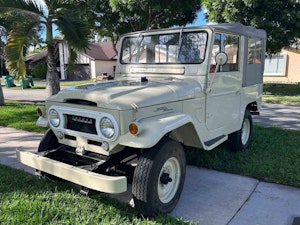


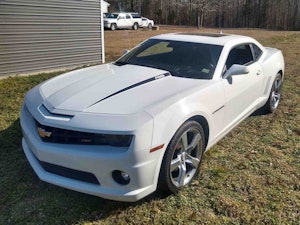


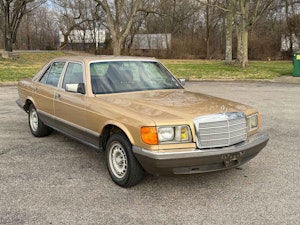
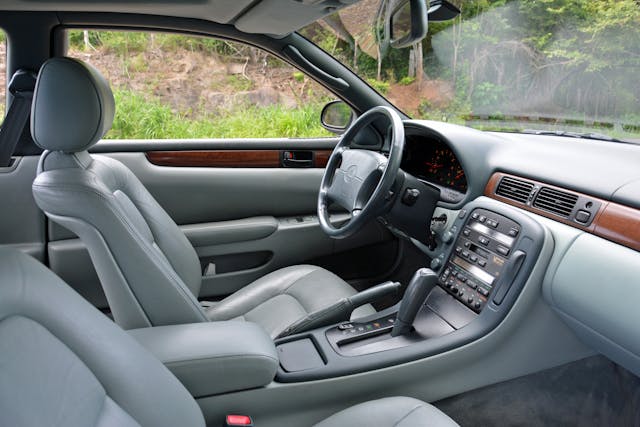


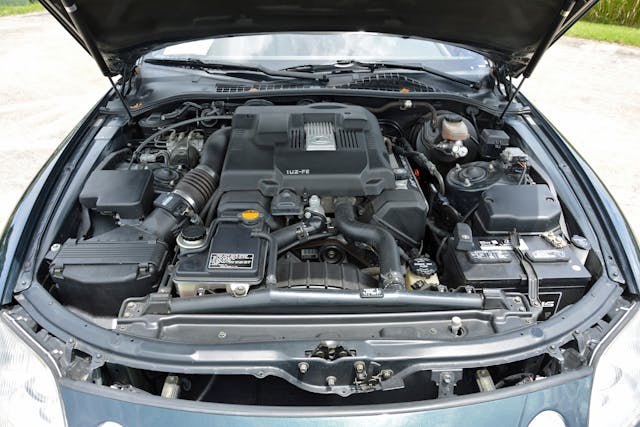
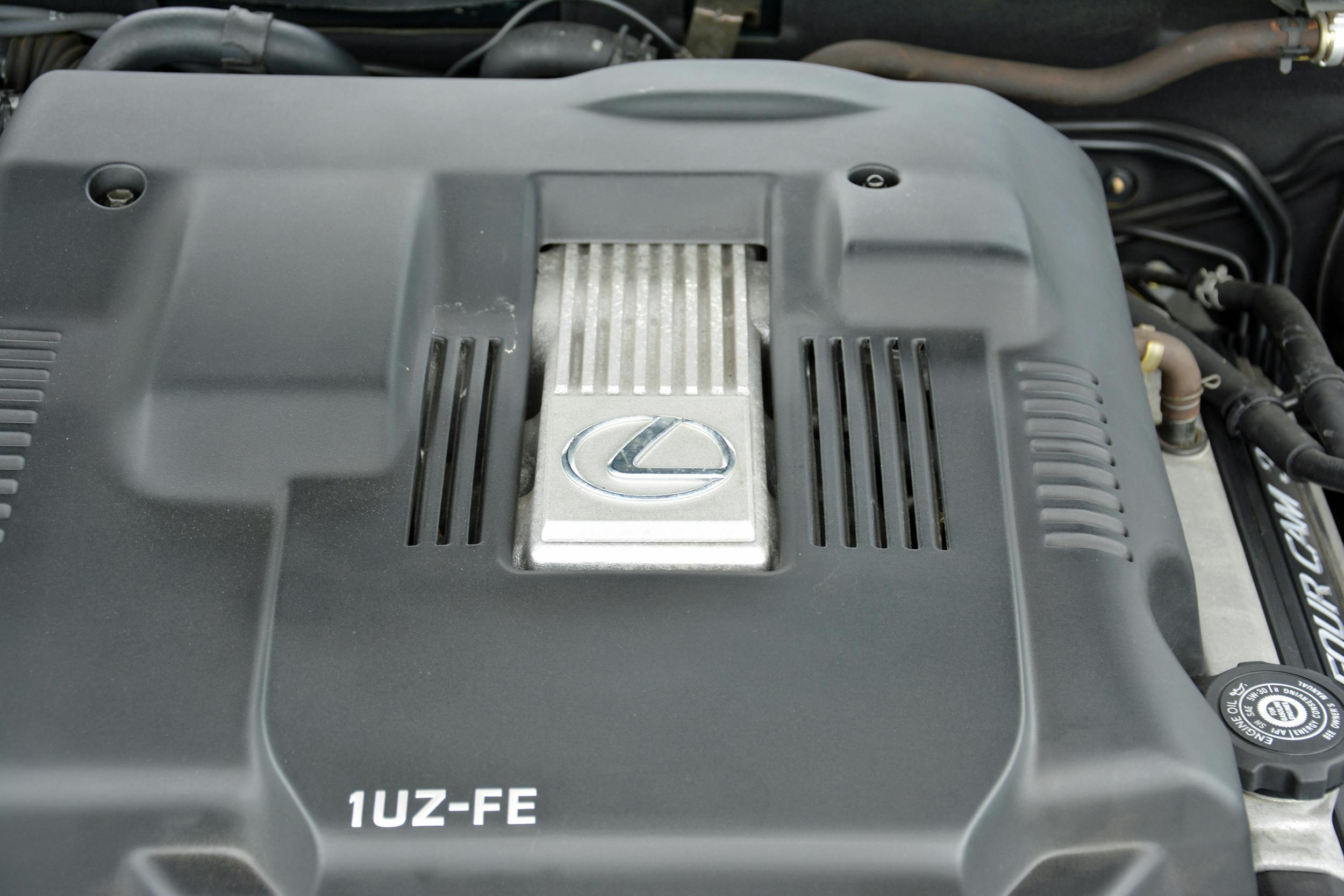
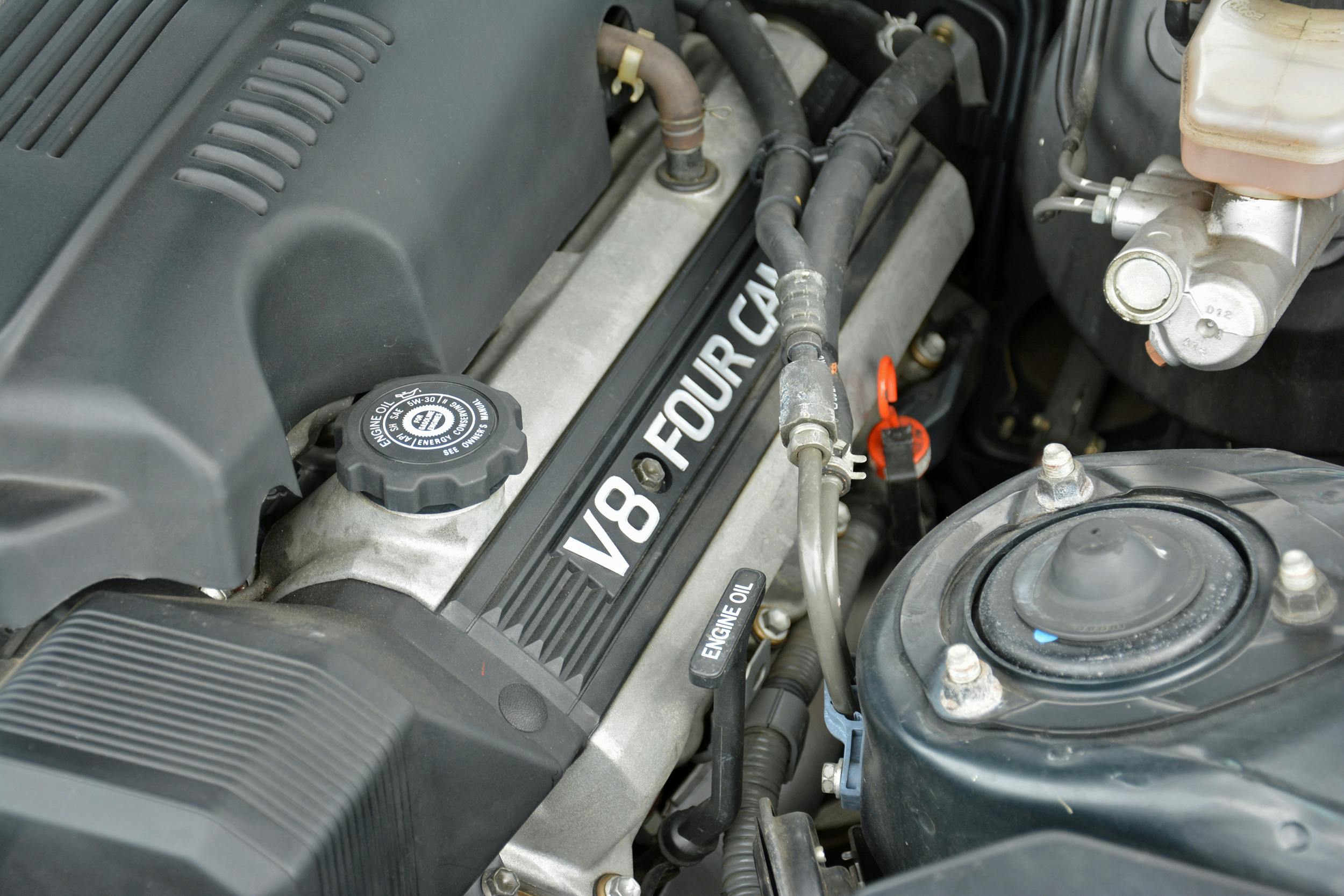
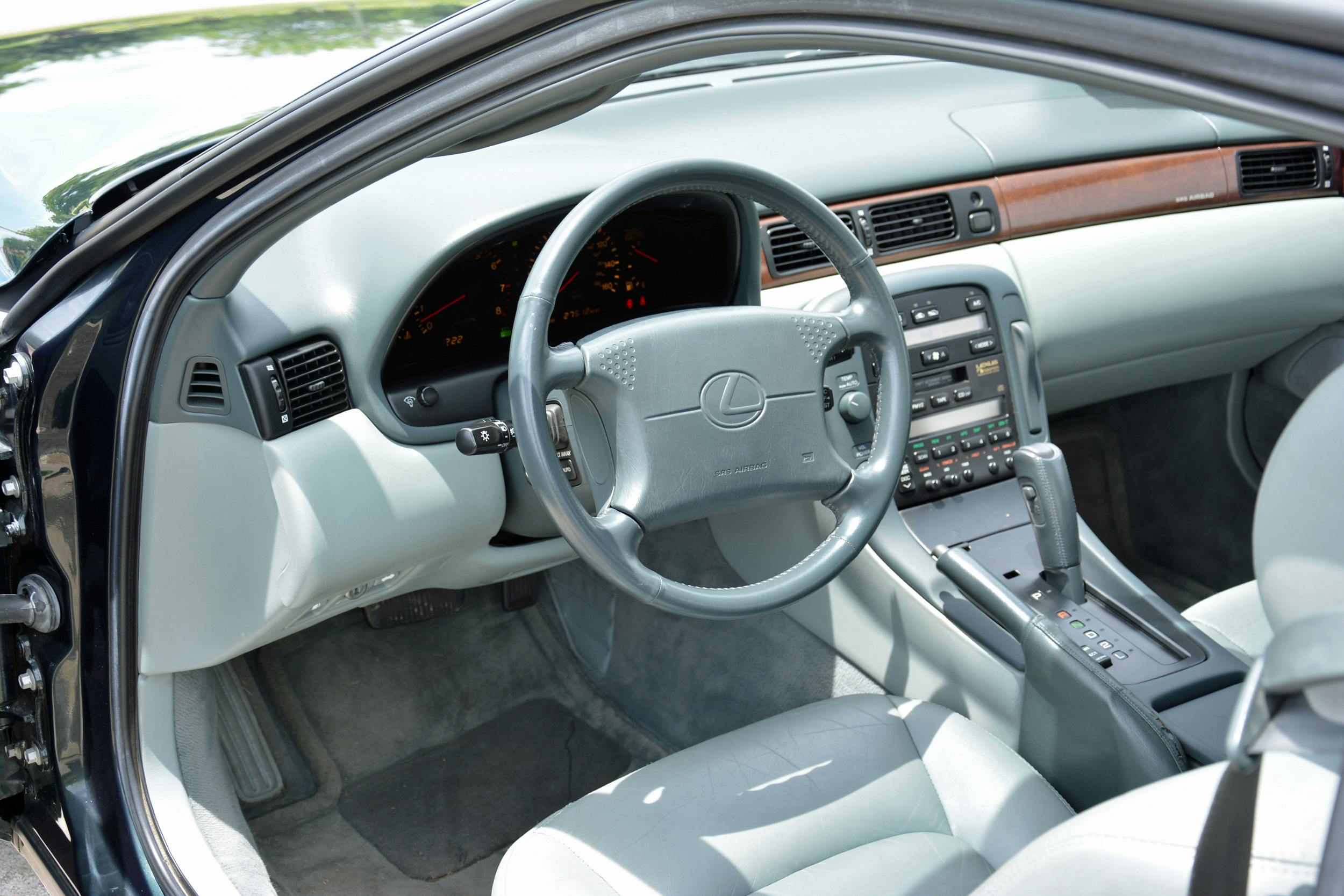
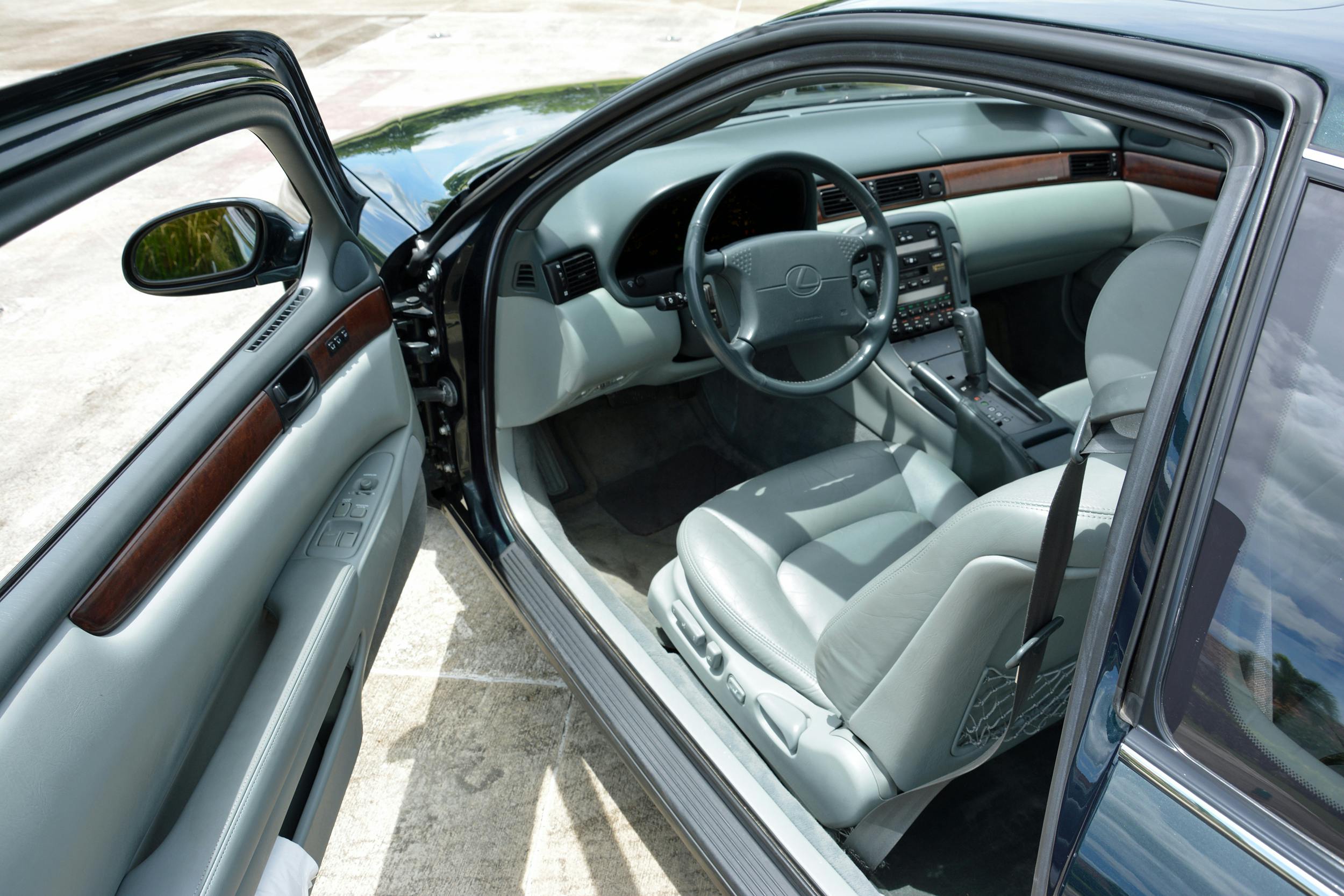
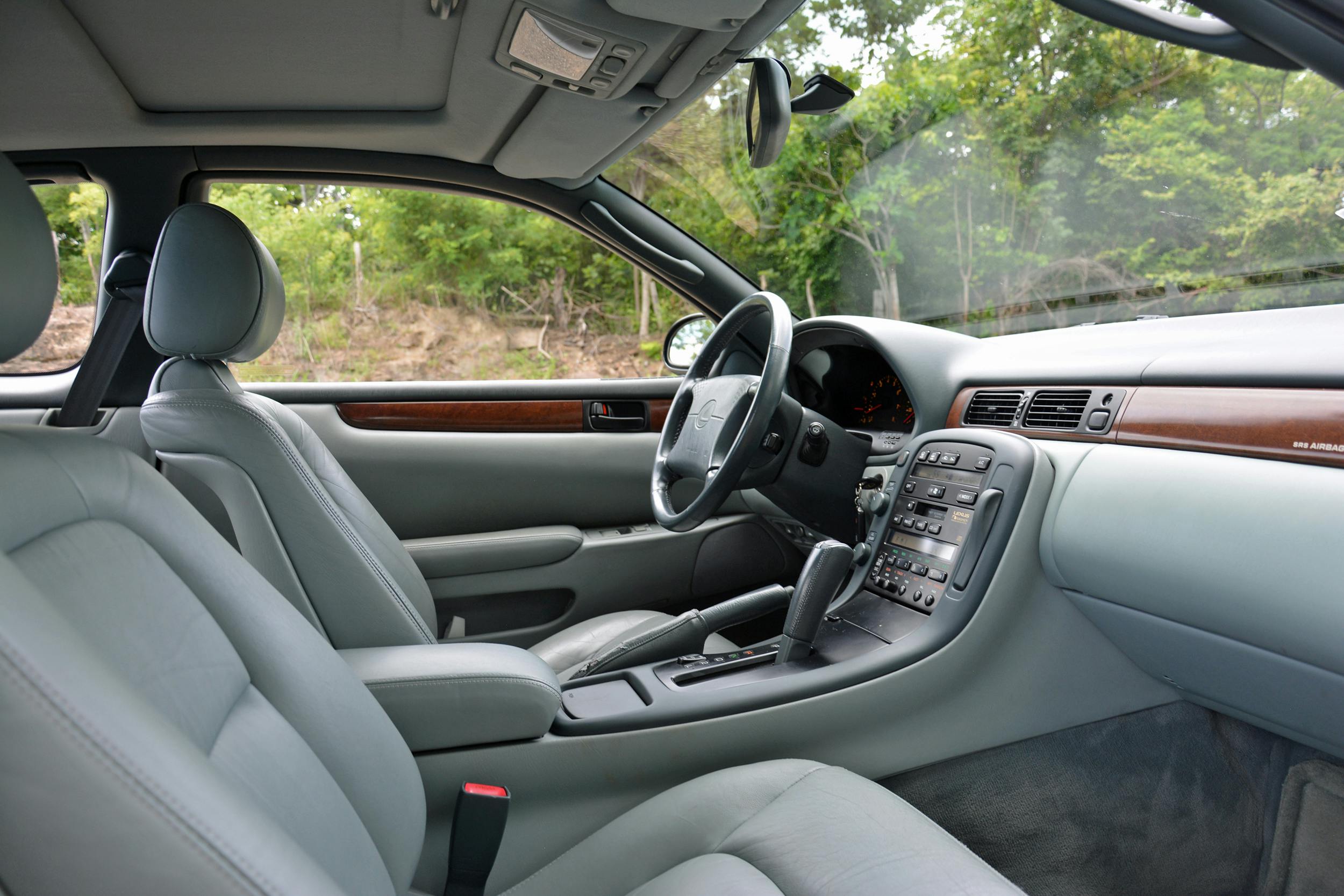
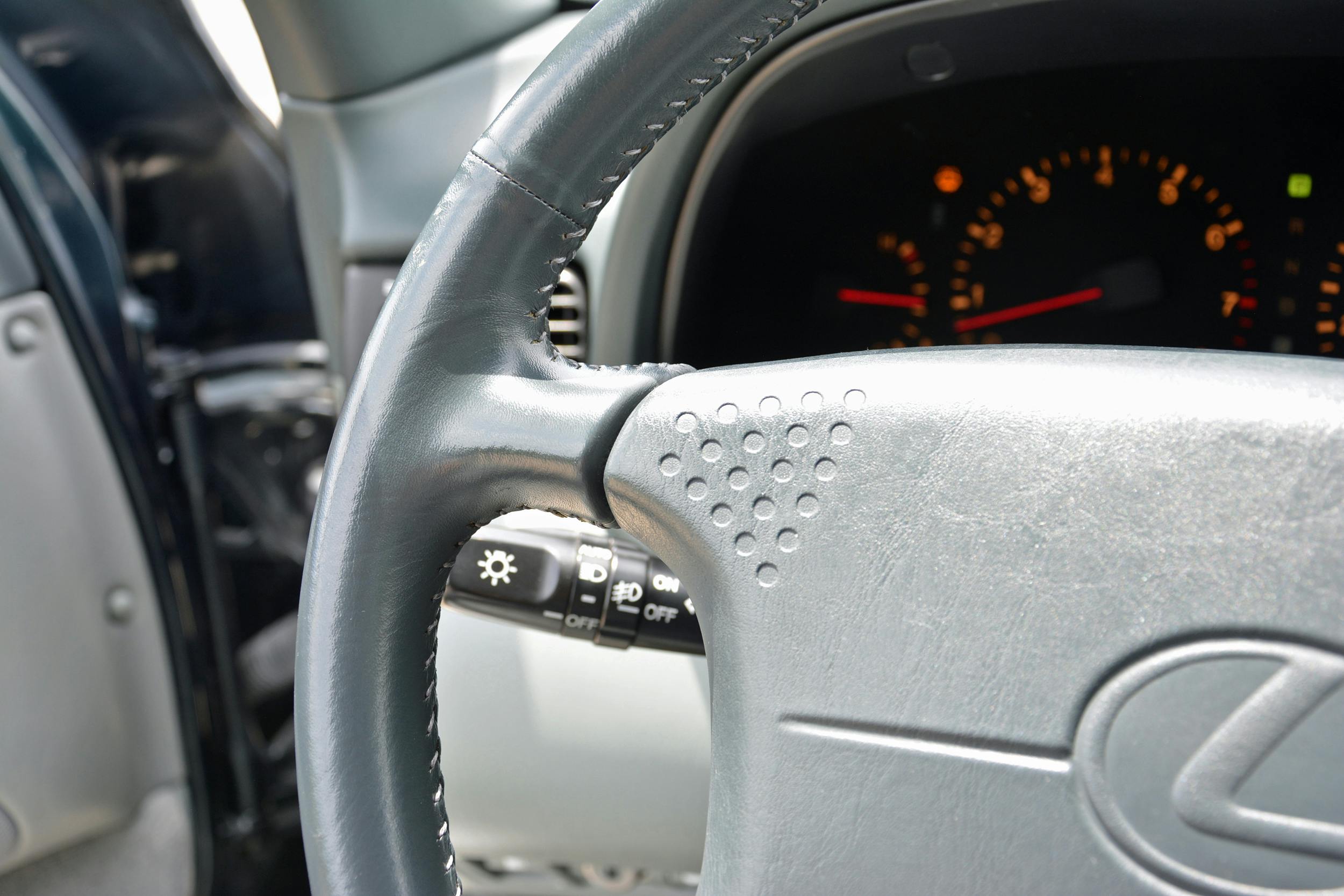


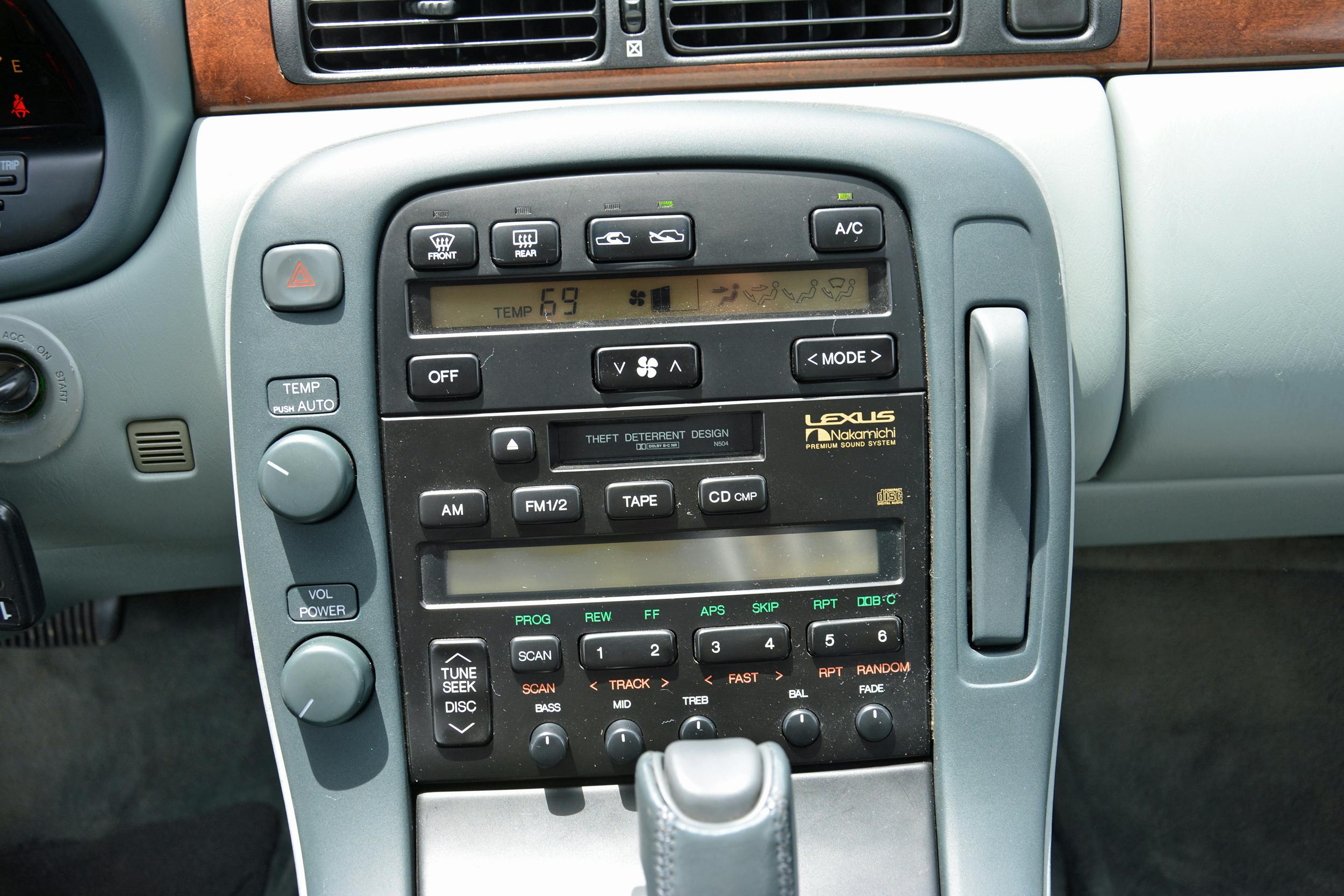

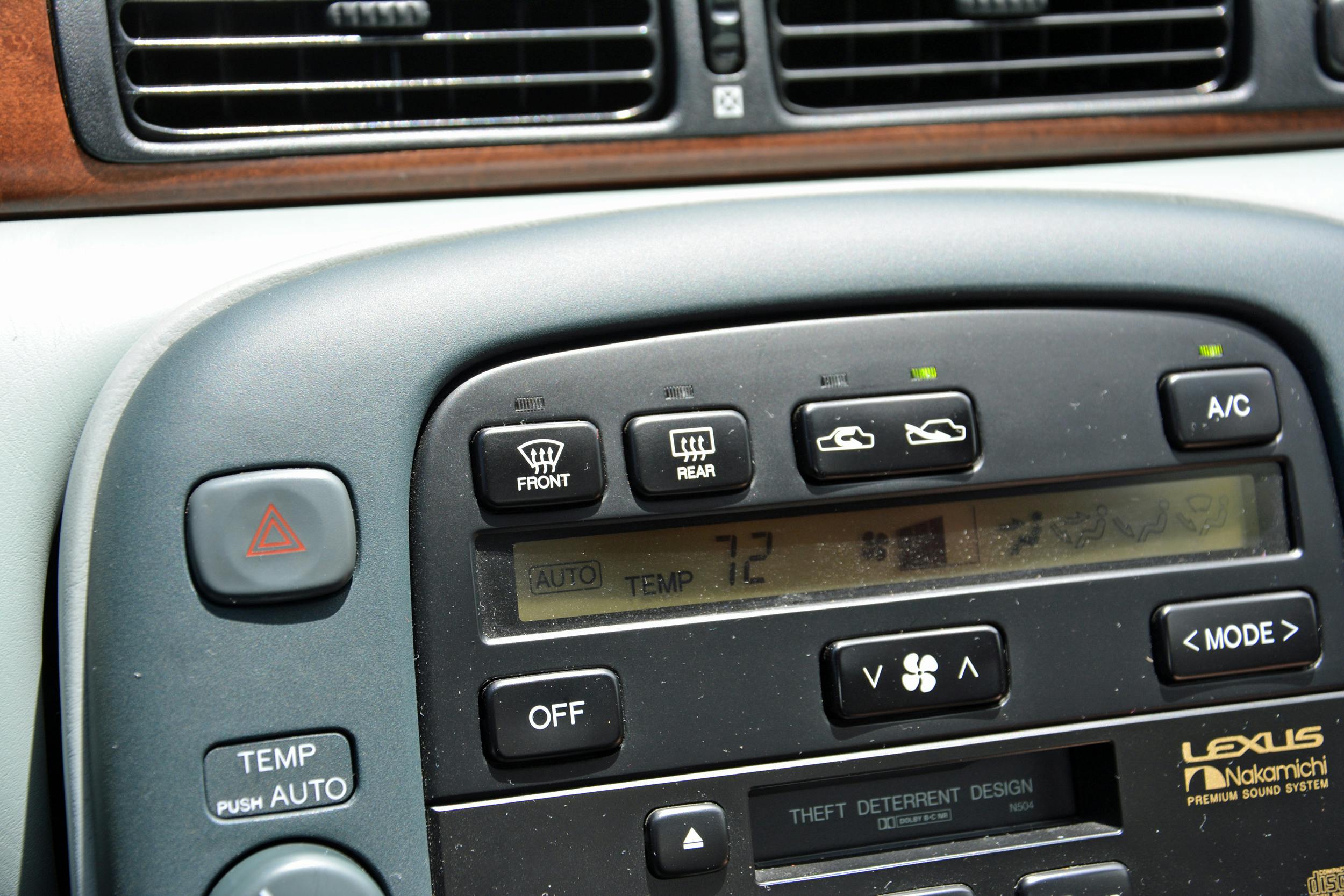

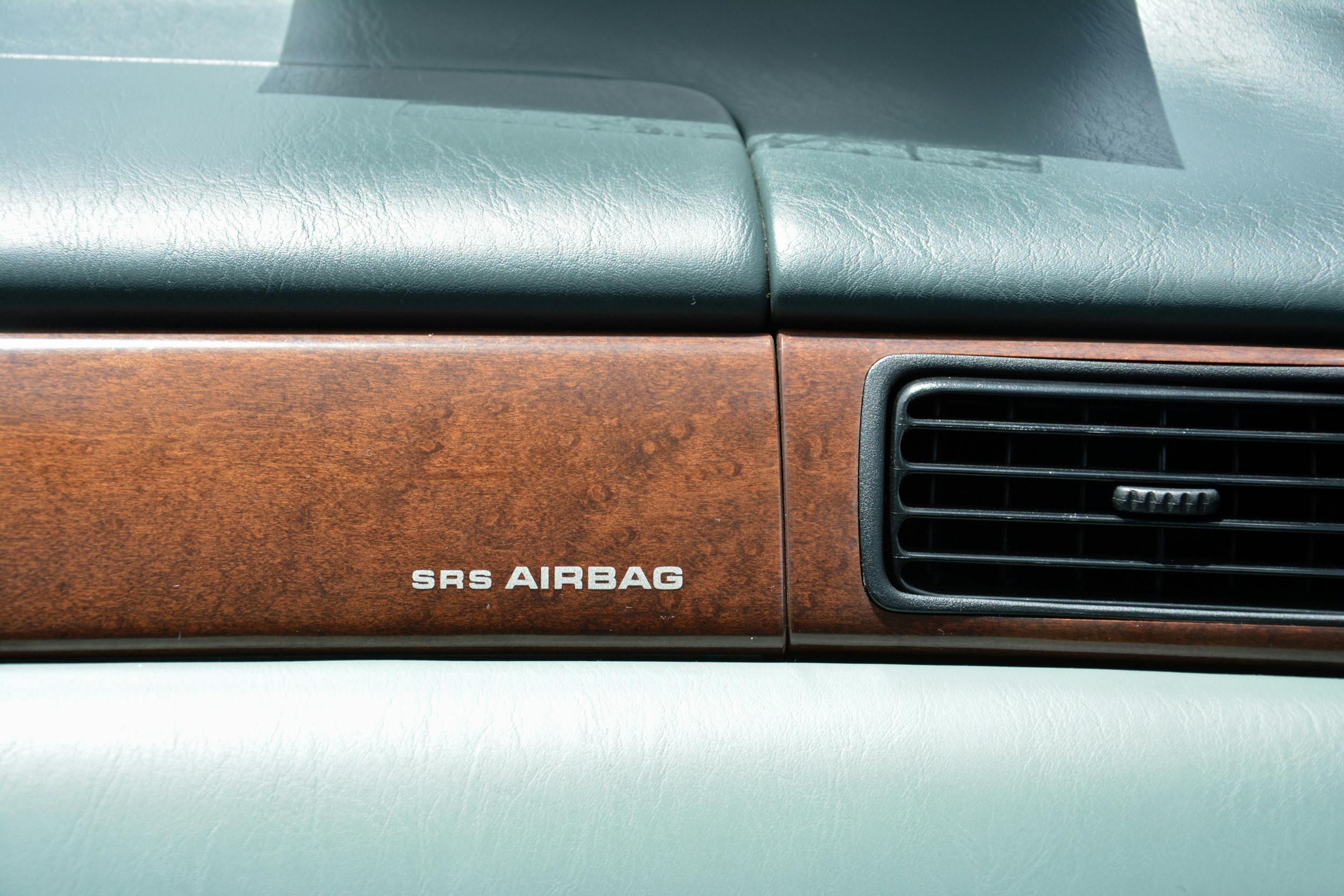
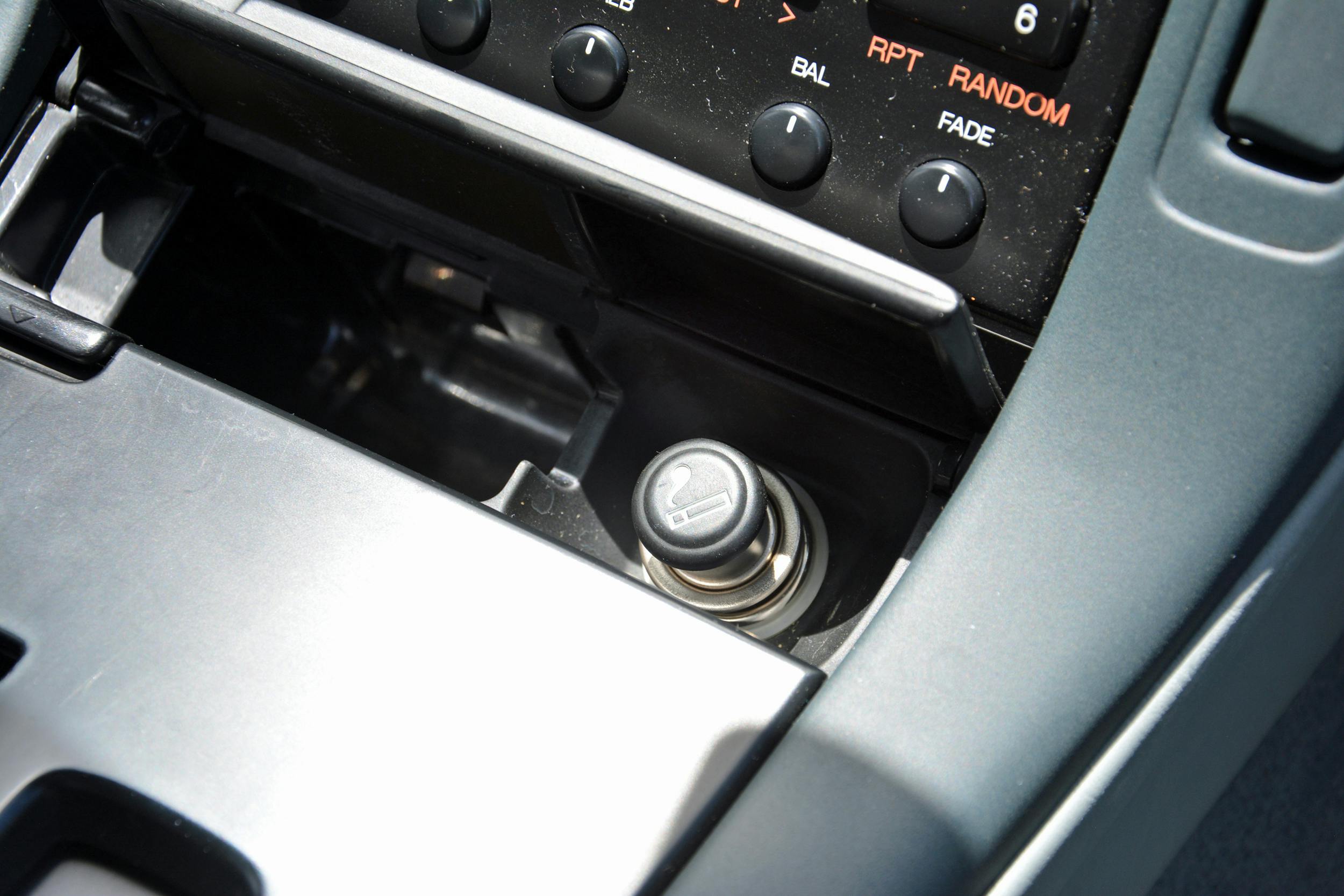
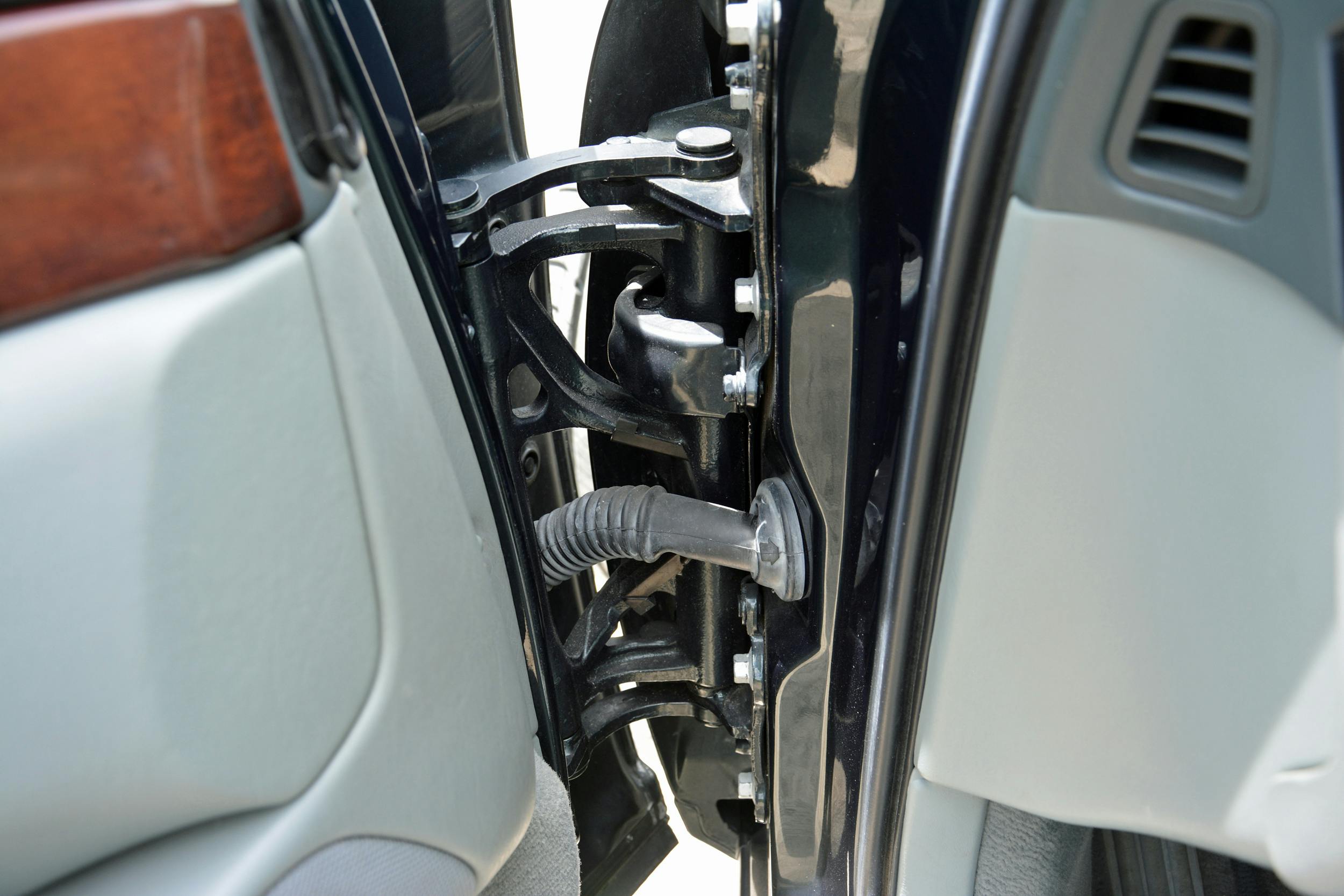
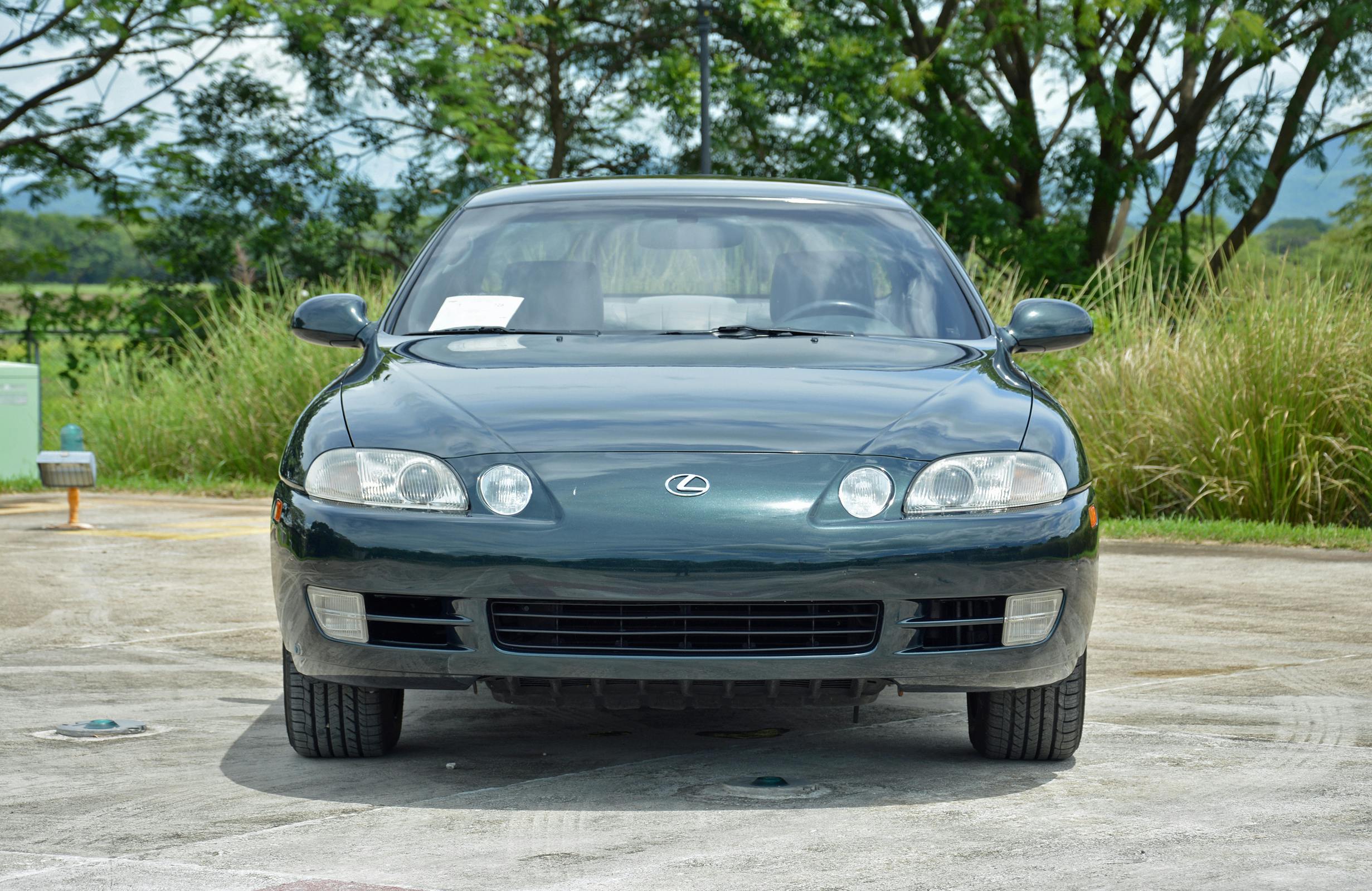
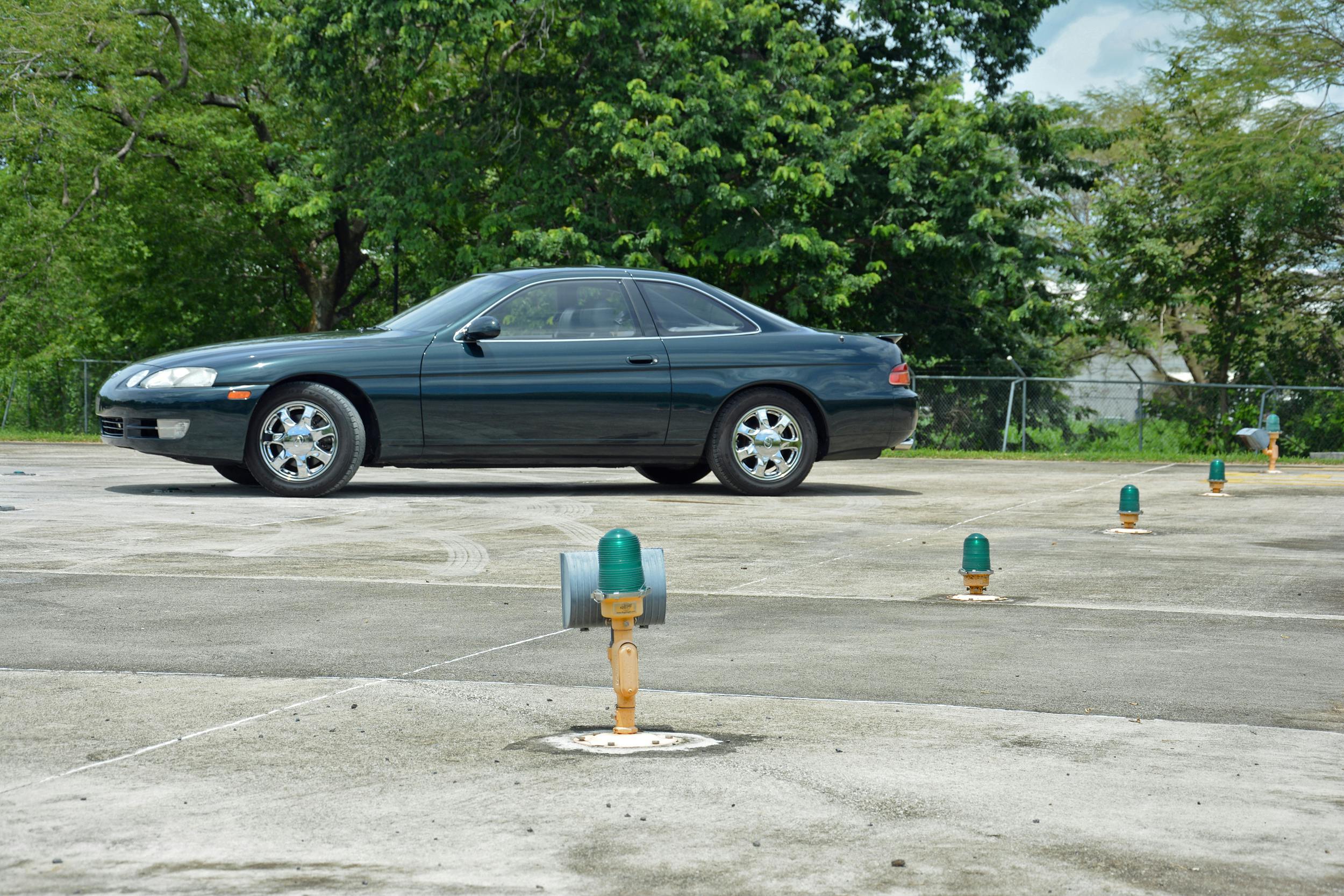
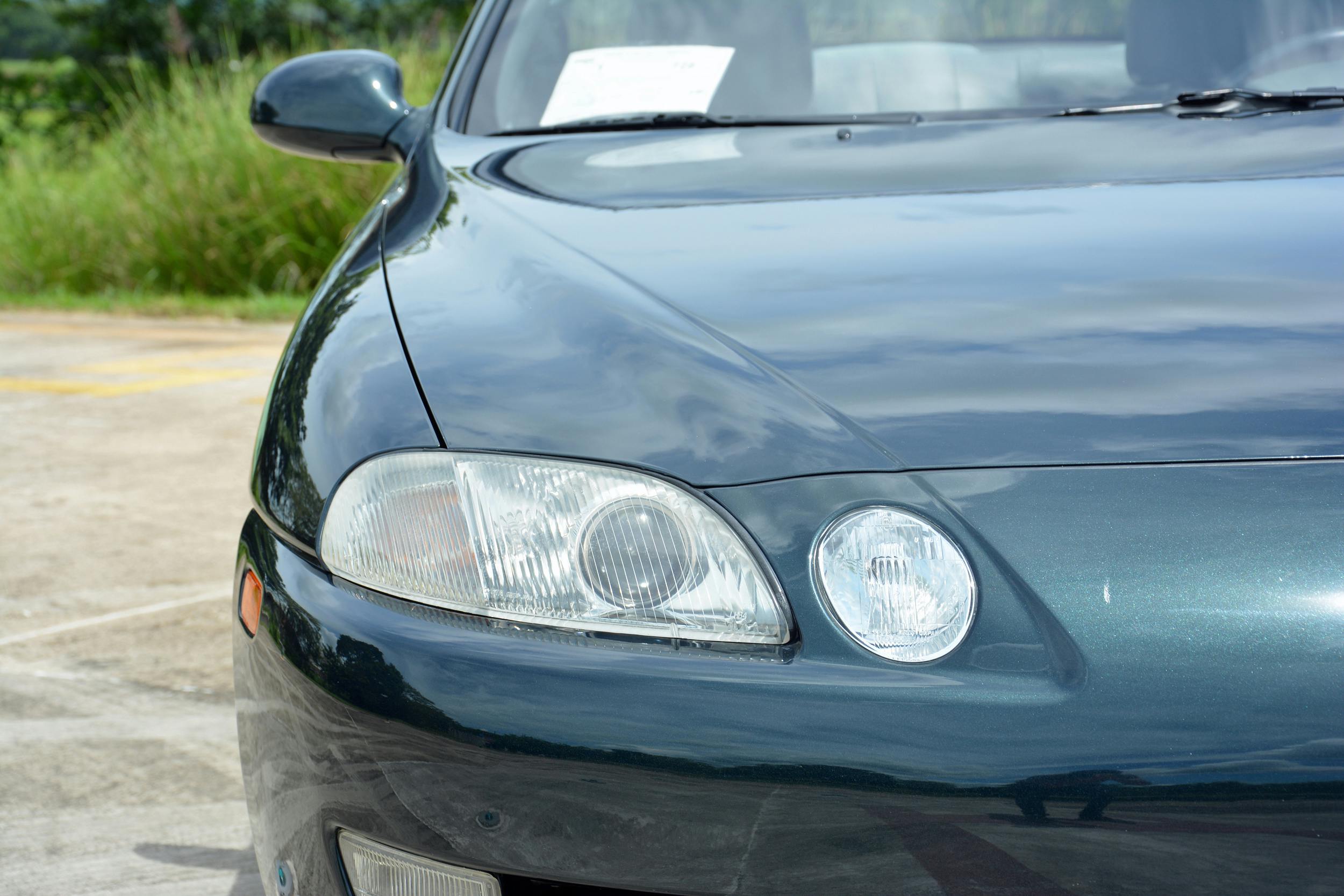

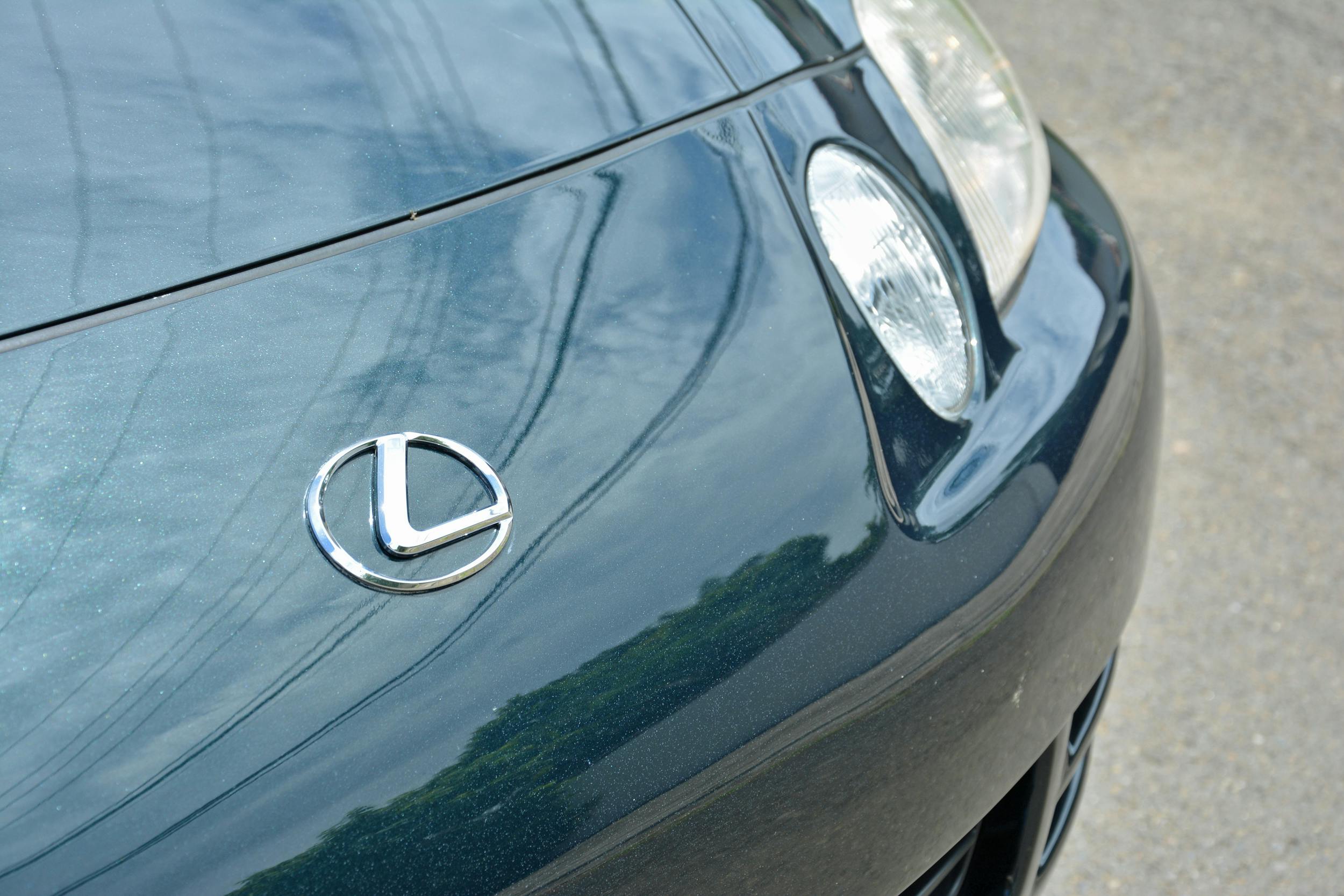
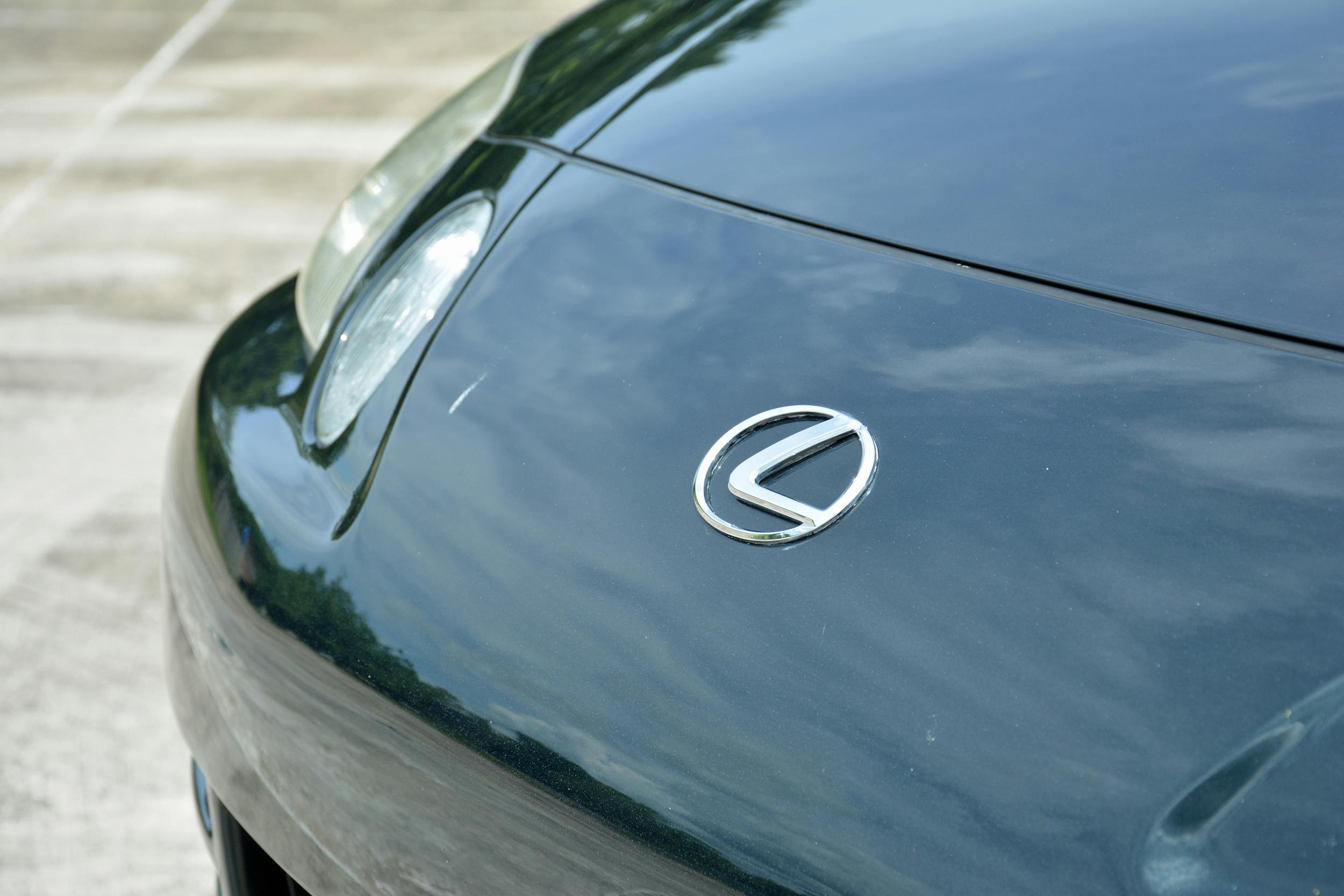
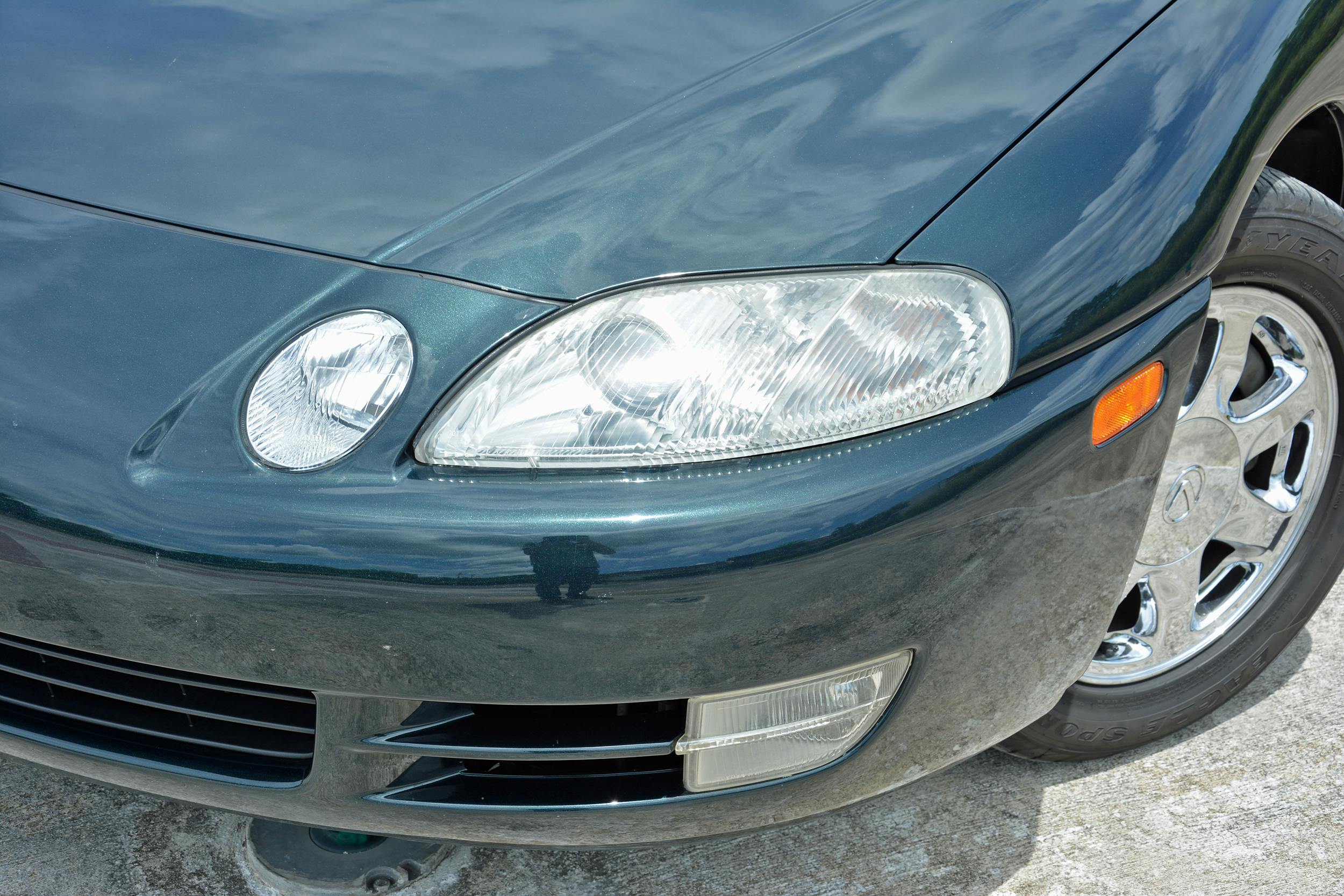
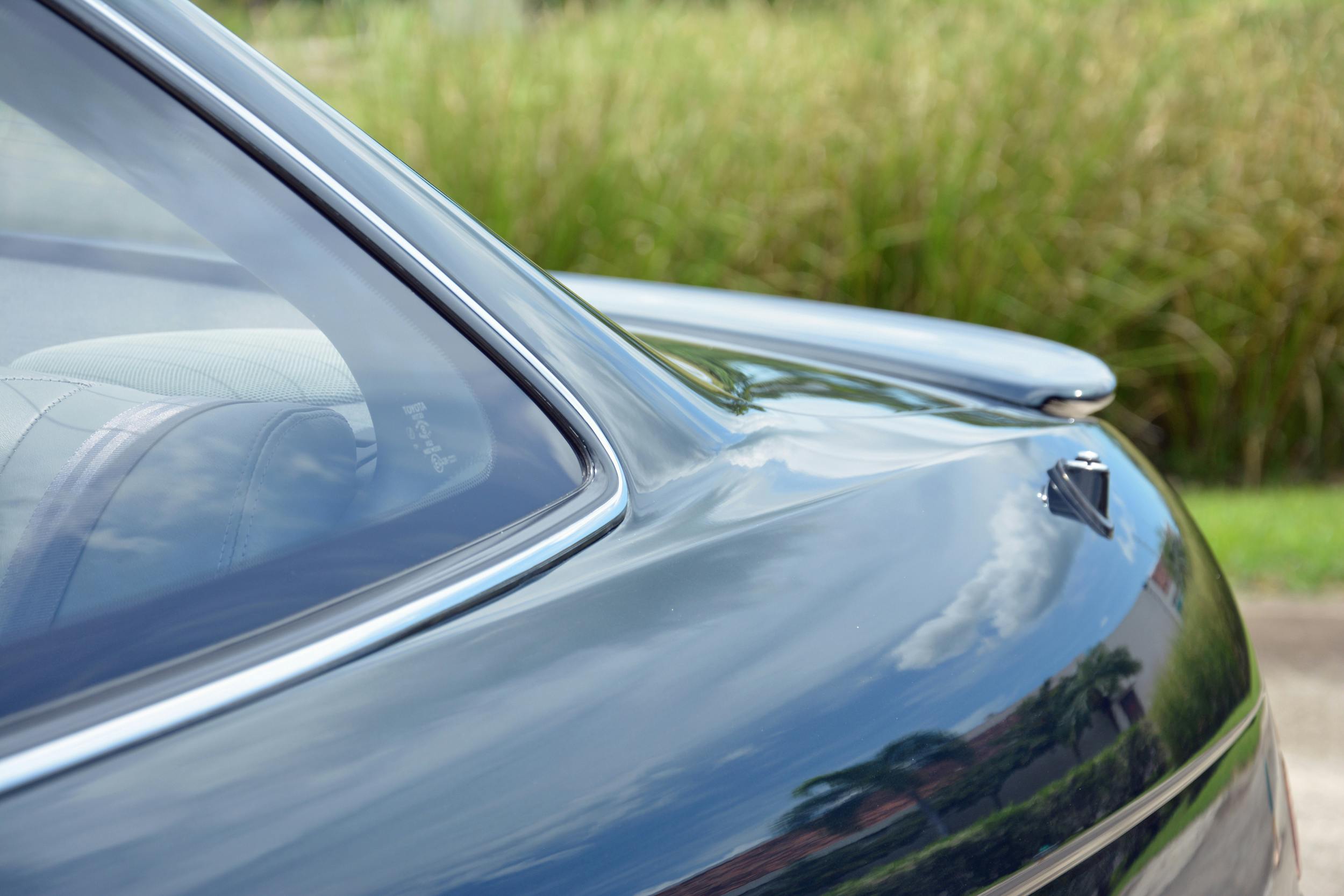

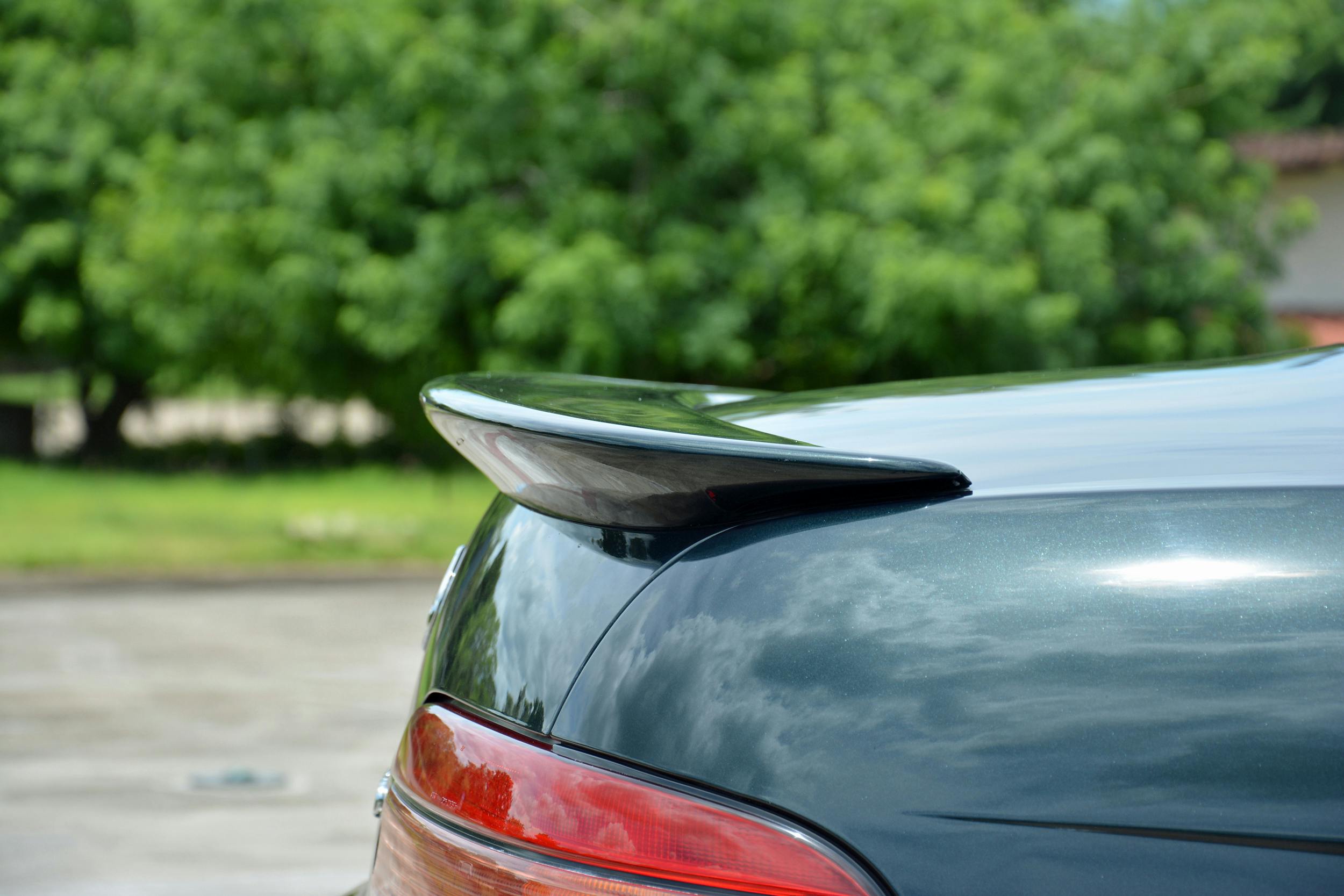
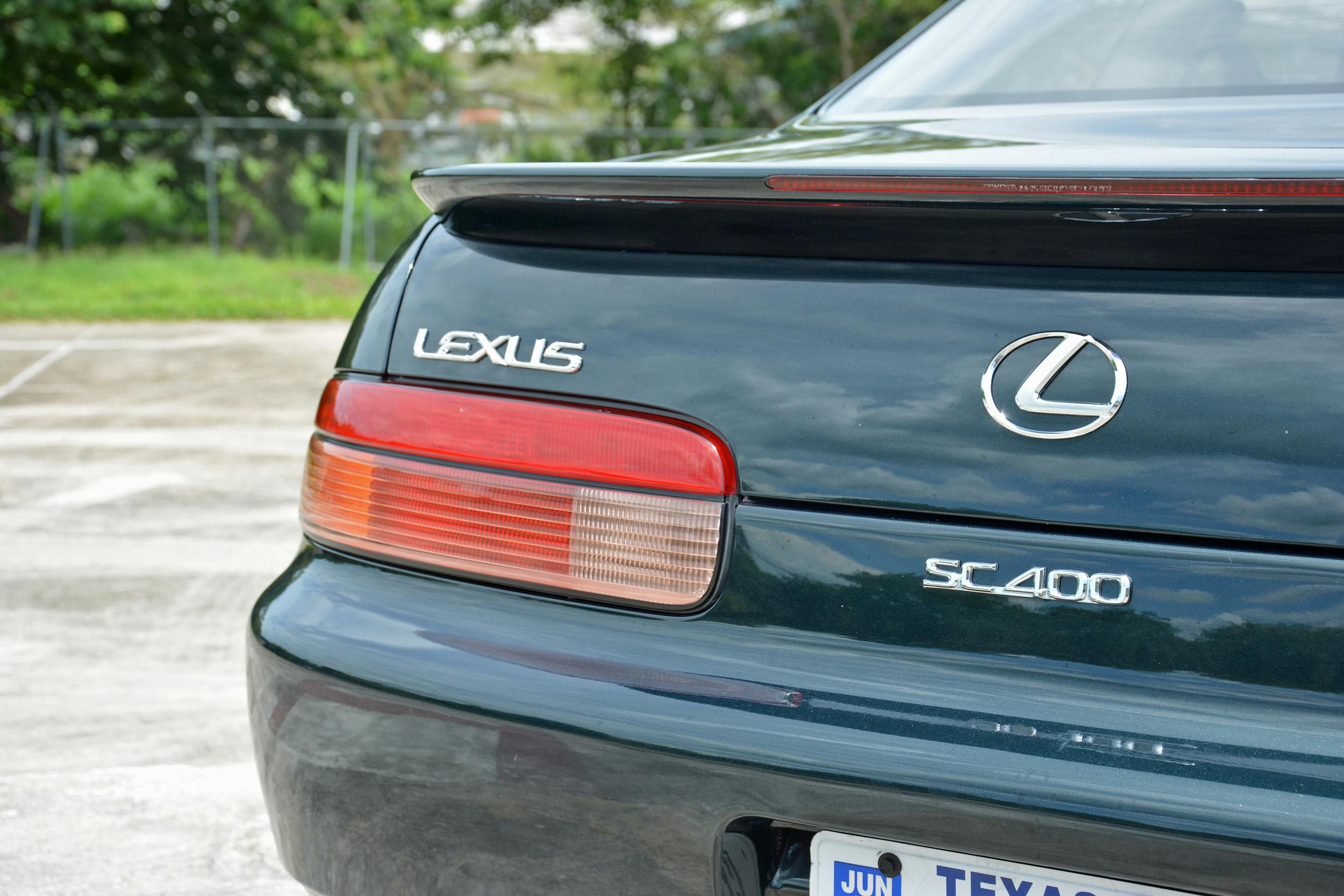
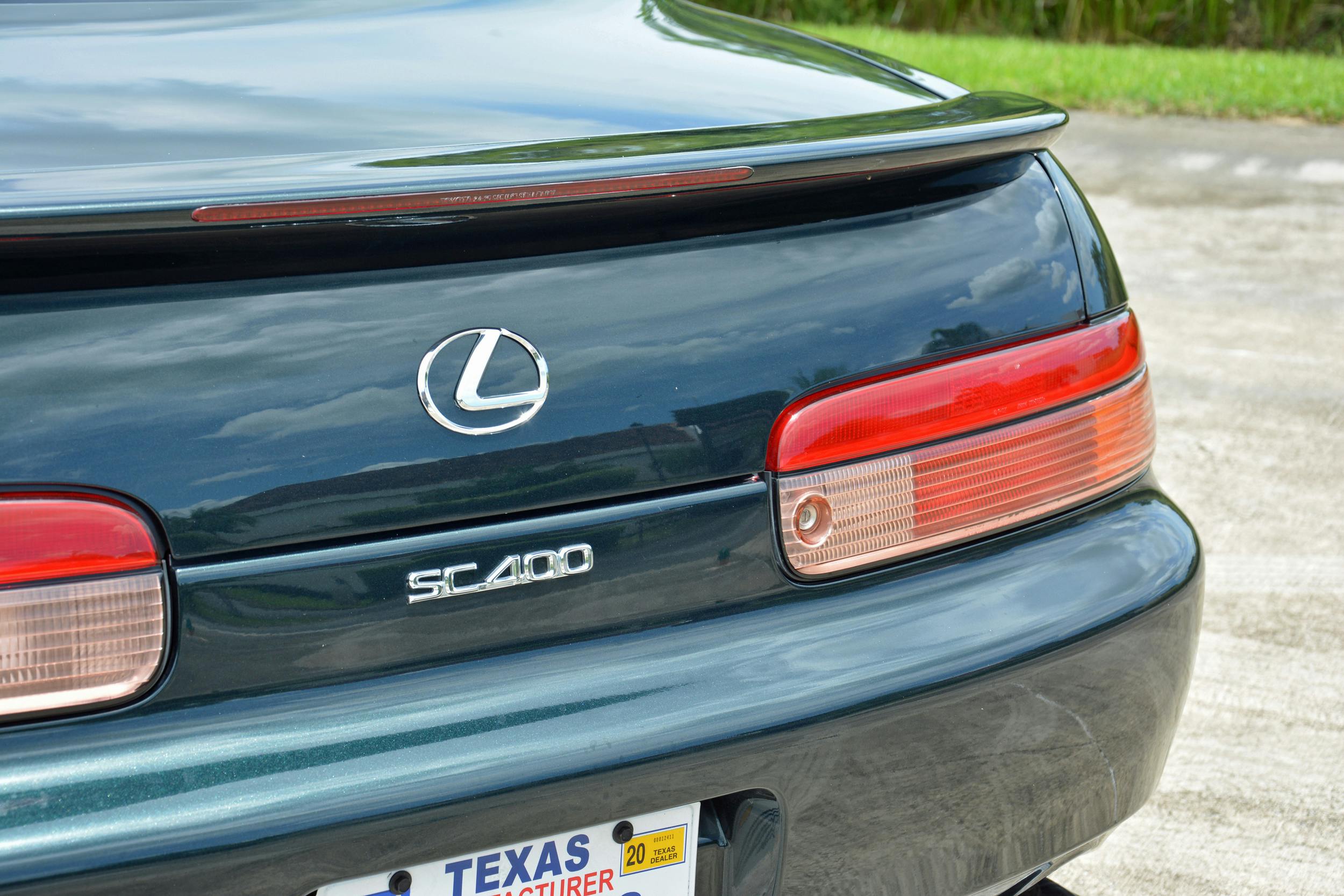
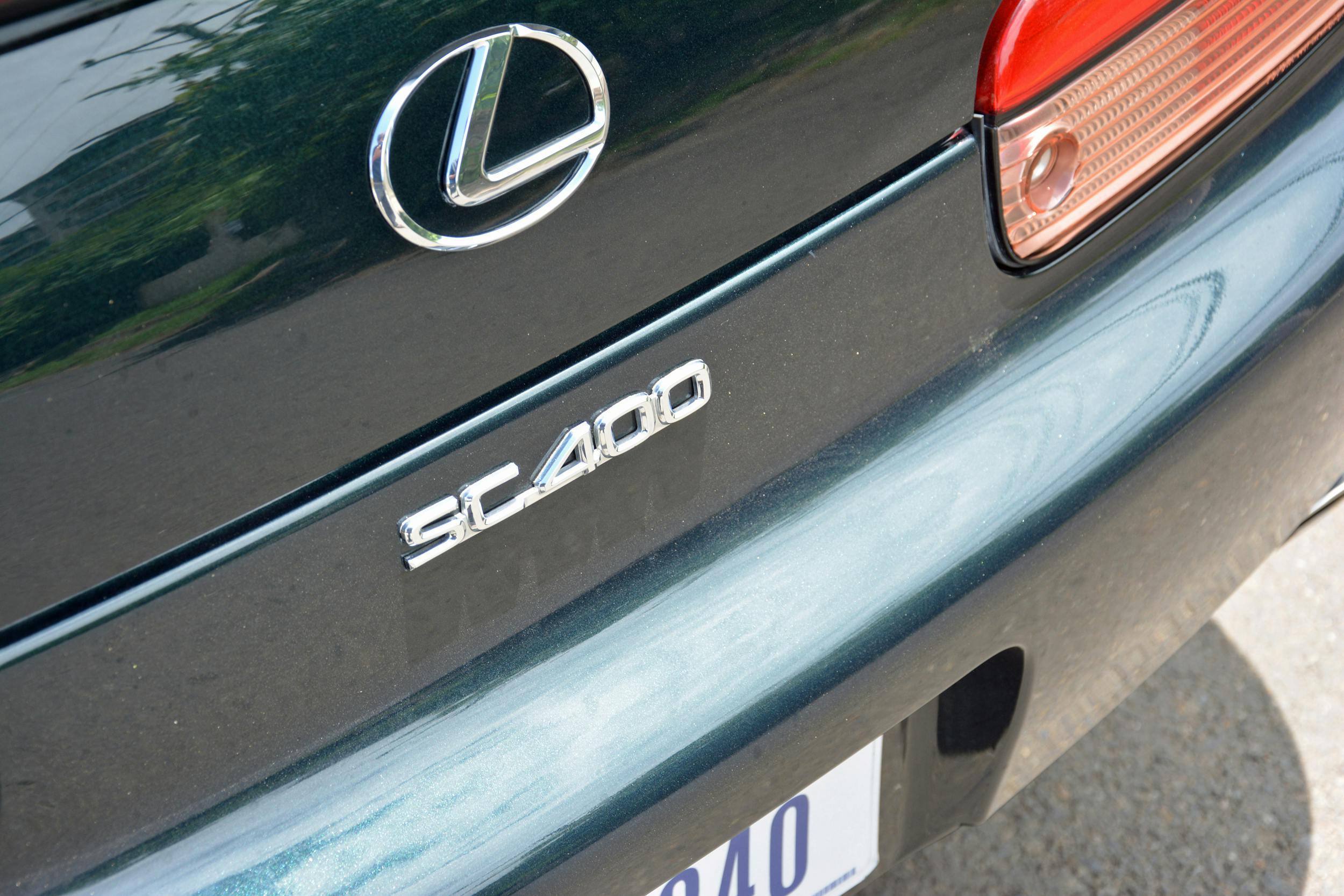
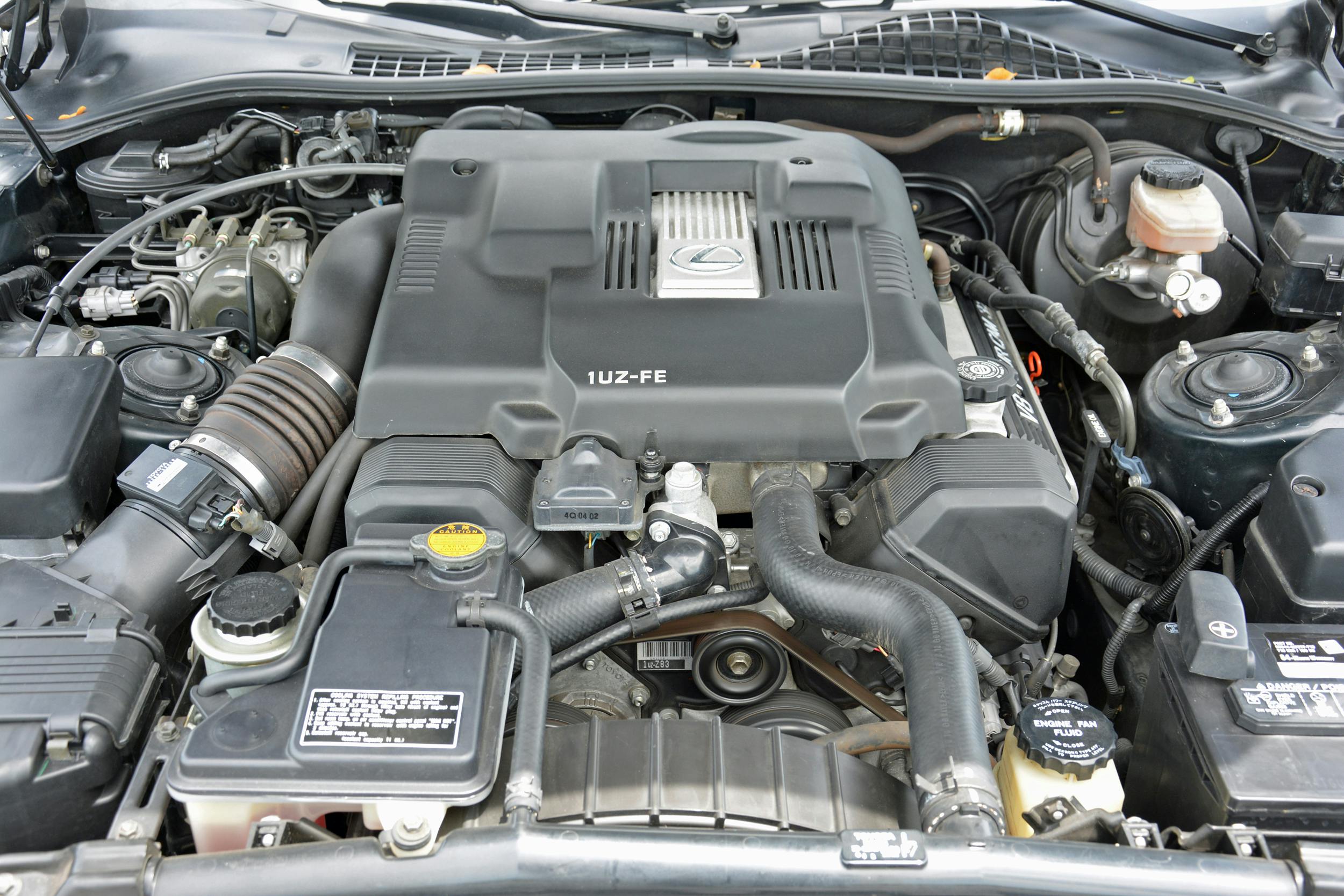



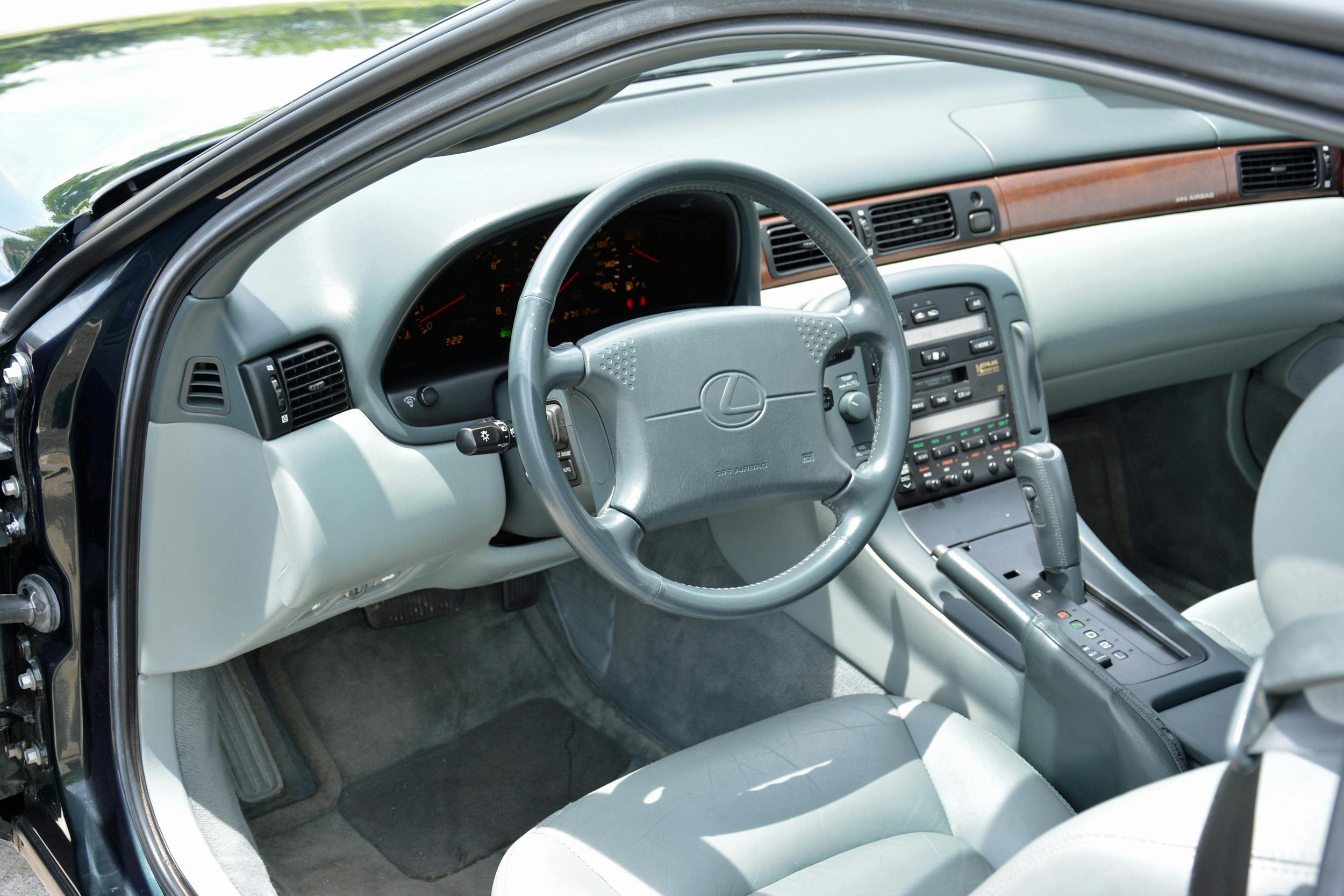




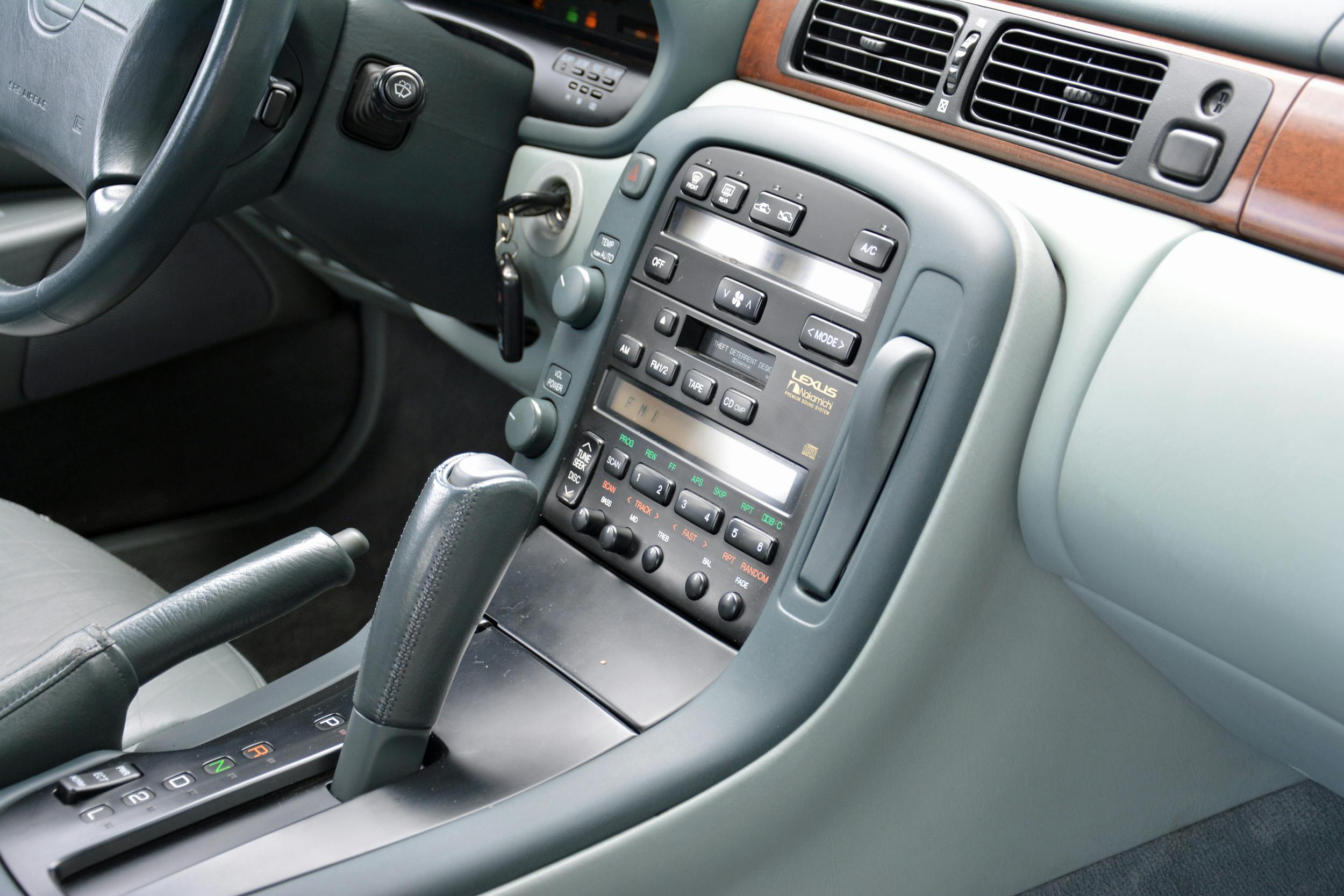






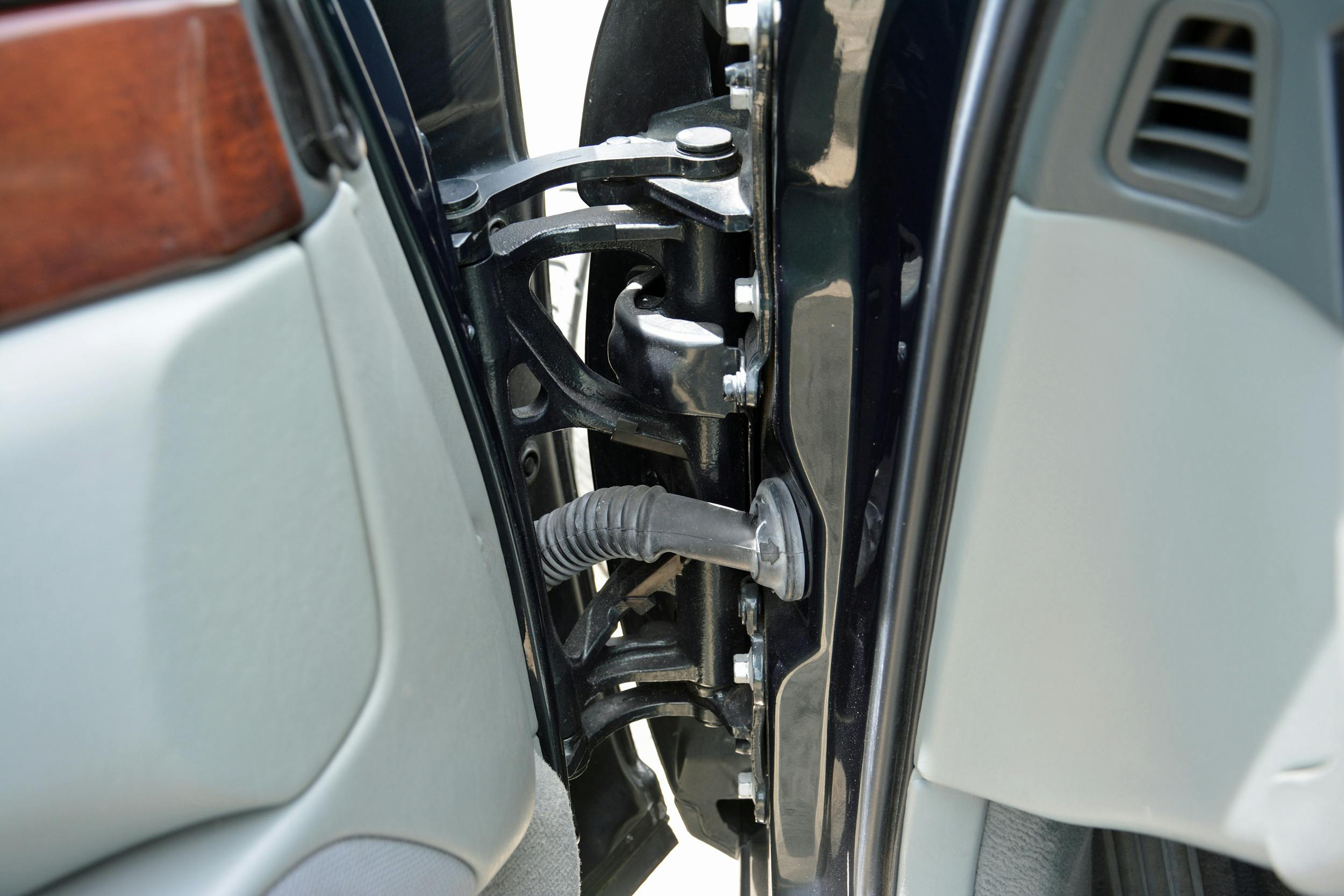


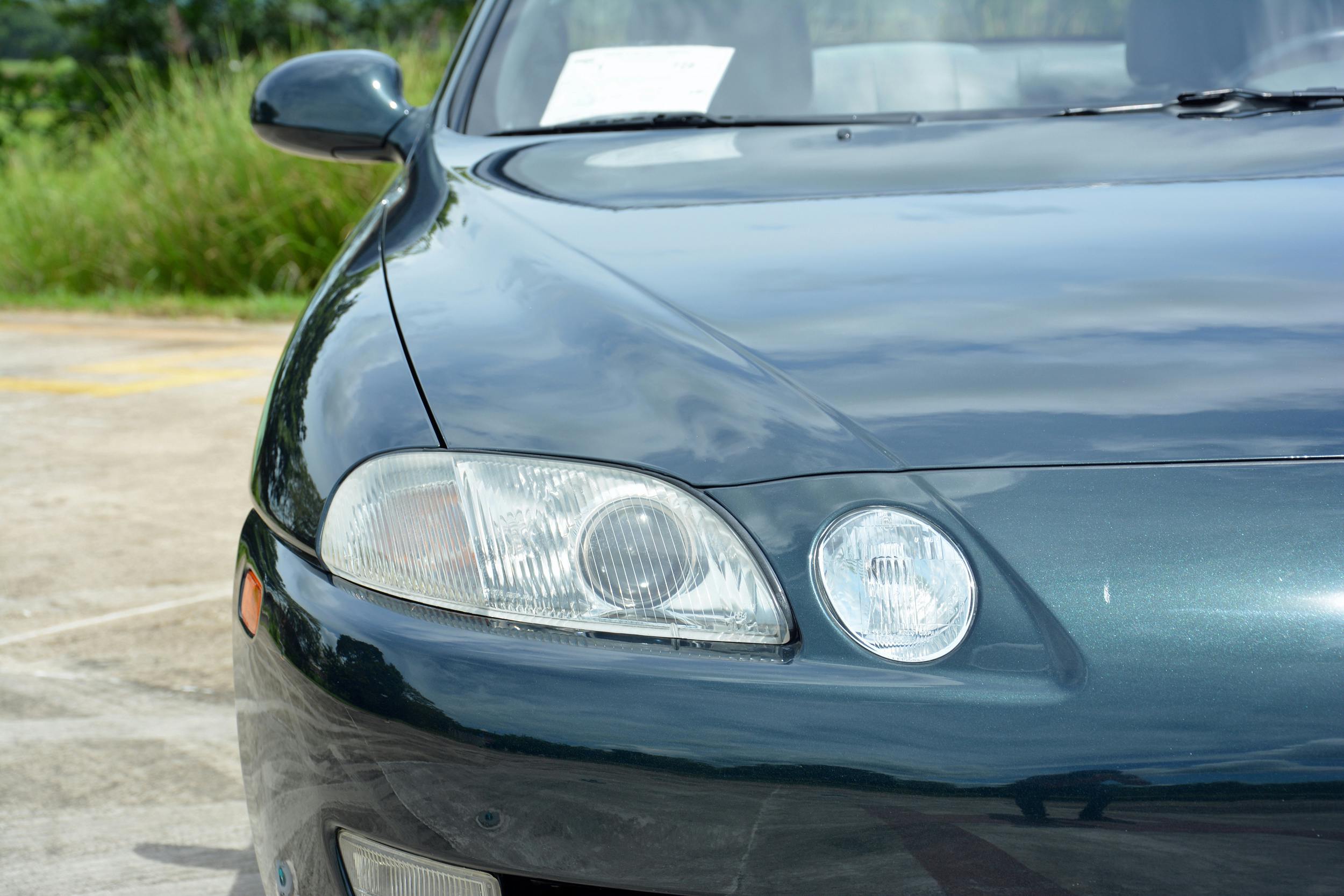












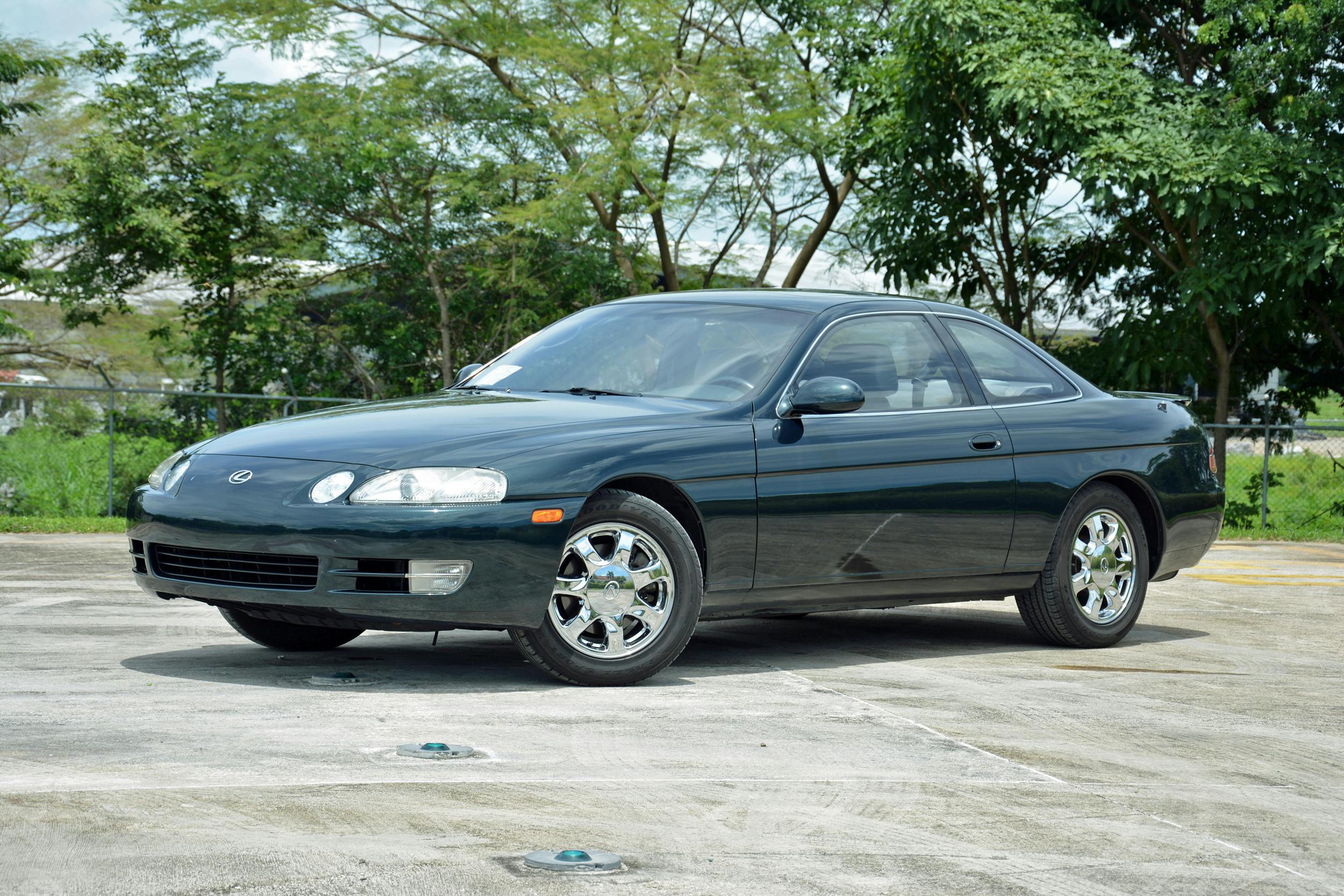
i have a 1992 lexus sc400 2 door
i live in Edmonton Albberta Canada
how much is my car worth
oh yeah, its also a widebody too.
I have a 1992, SC 400 green as pictured, with 88k. Garaged in the PNW and one owner. I wonder what it’s worth?
I snagged a 1995 SC400 with cream leather and every option (Nakamichi sound, 12-disc trunk-mounted CD player, rear spoiler, traction control and anything else that was offered. The original owner was obsessive about maintenance and only took it to the local Lexus dealer for everything. I am the second owner (in 2024), so one guy from 1995 to 2024, then me. Thank you for your trips to the dealer, sir, whoever you are! The condition of the car is quite astonishing. It looks, feels and drives like maybe a two-year-old car. Soft leather, soft carpet, wood, etc.
These are overbuilt to the max. The beautiful engine looked scary until you realize that it runs perfectly and with no problems. The air conditioning is amazing. Easy to use and cools the car without even seemingly trying. The stereo is quite nice; not a lot of speakers but they are Nakamichi and sound amazing. Every accessory works just as designed and it is just a lot of fun to drive.
It is not a silent, LS-type experience, though. The V-8 burbles and then makes nice noises as you take off. The automatic has a “power” mode and if you engage it, hold the brake, launch and just floor it, it will move out well. But only in a private place. Too un-dignified. But grinning like a 17-year old.
I have reached about 130 mph (new Z-rated tires installed; top speed is estimated at 145) but did not push further, but the engine was willing, as were the tires. But I am NOT 17 so I eased off and knew the car really did have the goods to hit 145.
Teal Mist is a 1995-only color and is popular among collectors. It really wakes up a sometimes-stuffy exterior with a bit of ’90s fun. Women gush over the color (men too). NOBODY builds many Teal cars in 2024.
My SC 400 is a joy and I plan to keep it for a long time. Get a good one if you can. I got this one!